Zeiss Loxia 50/2 review
Intro:
Zeiss brought to the market new line of lenses – Zeiss Loxia. Loxia lenses are specially developed for Sony E mount full frame cameras, such as Sony A7, A7r and A7s recently. Lenses could be of course used on any Sony E mount camera, including NEX and later APS-C models without limitation.
Zeiss Loxia are manual operated lenses with electronic transmission of data to the camera where they are recorded in EXIF. That is fairly unique in the recent lens offer for E-mounts, because all previously available lenses in the native E-mount where either fully manual without electronic contacts (Samyang e.g.) or fully electronic, where manual focus is so called – by wire, electronically coupled with the AF motor.
To be precise, there are on the market option to use Canon EF lenses in a full manual focus mode (with smart EF/E mount adapters), but aperture is controlled electronically only, or to use manual aperture but with focus by wire (Smart Contax G to E mount adapter). In both cases, EXIF will record most important data.
First two Zeiss Loxia lenses are Loxia 50/2 Planar and 35/2 Biogon. Today, I will write about first of them – Zeiss Loxia 50/2.
Lens cost around 750 EUR in Europe and comes in the nice case that is much bigger than one would expect. Inside, there are lens, lens hood, user instructions, warranty (3 years!) card, certificate of QC with a hand signature of the controller and de-clicking tool. De-what? Don’t worry, I will come to that soon.
On the images bellow, you can see what you will get from your hard earned money before and after you put it on the Sony A7 camera.
Getting back to this de-clicking thing… Loxia features fully manual aperture as was written above. Aperture ring will nicely click every 1/3rd of the f-stop, and proper aperture value will be shown (and recorded) in the camera. If you are however video guy, you know that clicking aperture is a no, no, when you want to fluently adjust your exposure within recorded clip. Most video enthusiasts (professionals usually have enough money to buy specialized, click-less aperture lenses), try different things to de-click their favorite lenses. Zeiss, being one of the most experienced cinema lenses producer, (I rarely shot with their lenses though, preferring old Cooke S2 ones, but I am weird guy anyway), came to meet video enthusiasts needs and brought user manageable de-clicking lens feature.
All you need to de-click your Loxia is to turn the little switcher on the mount side of the lens, using supplied special Zeiss De-clicking tool.
From there on, you will have perfectly smooth, click less aperture, with reporting aperture values to the camera and you are free to start your Hollywood or YouTube shining carrier.
If you lose this very special Z branded tool, you can either order 5 new ones for friendly 28 USD + shipping, or you can use any 0.5 USD micro screw driver, from a local DIY store. In the second case, be aware that you won’t have that special feeling of doing the right thing with the right tool, but you might have even better feeling by saving 27.5 USD + shipping.
Build quality:
Zeiss Loxia, as any other Zeiss lens that I ever had in my hand (there were more than two I swear) is beautifully made. In Japan. Presumable in Cosina factory.
Loxia introduces however some design innovations, that are supposed to make it look more… modern?
I don’t know, personally I find this design nice, but not outstanding, and my son and assistant Max, commented it differently – what an ugly lens. I am sure however that owners of the lens would love it, while others might remain rather indifferent. It also looks somewhat better on the images than in reality IMO.
Lens is not small as you would hope for, considering that it doesn’t have either AF nor optical stabilization, but if you look at the exit pupil, it has quite large diameter and there is probably good reason for it. On the other hand, it is also not as big as Sony Zeiss FE 55/1.8, that is again much smaller than Zeiss Otus 55/1.4. Sometimes, I have a feeling that resulting size of the lens is somewhere at the end of lens designers priority list.
Loxia is a lens made for manual focusing and aperture control though, and in that respect, its size is almost perfect. You might like those micro Leica RF gems, but when it comes to handling, it is not always easy to grab the right ring. Loxia 50/2 handles superbly, and that matters to me more, that absolute size.
Barrel is made of a high grade aluminum alloy and overall lens is not too heavy. It balances very nice on A7 camera and most shouldn’t have any problems carrying camera with this lens on the neck strap for few hours. (Here is a little tip for those who still find it heavy, or have neck issues. When you start to feel it on your neck, pick-up the closest staircase and run it up and down few times. When you start feeling terrible pain in the legs, you’ll usually forget about the neck one. Easy no? Neck pain killer tip works also if you gets hungry, thirsty or if you take your mother in low on the photo walk, but last one I strongly don’t recommend.)
Lens hood, deep as my empty pockets (very deep), is also metal, but unlike Sony SEL 135/1.8 ZA hood (that is probably heavier than lens itself), this is modern alloy and very light. I couldn’t see any mark on the hood to align for mounting, but I just turned around until it clicked in the position. I needed to push it a bit more than expected to lock-on, but that might wear with use.
While Zeiss doesn’t claim anything about lens being weather sealed, it does have a rubber gasket at the mount (that blue ring on the pictures), so at least you can expect rain not to reach inside camera from the lens side. That is nice touch from Zeiss, and I hope they won’t charge 28 USD + shipping for 5 replacements when/if needed. (If so, we’ll have to work out something with hair rubber bands, as they look pretty much the same).
What to say at the end? Zeiss Loxia 50/2 is perfectly assembled lens from the top class metal and glass, with a well dampened focus ring, nice decisive clicking aperture ring (or if DeClicked – very smooth to rotate), design that is slightly controversial but many will like it, and without AF or OSS, you can expect long and reliable functionality.
Optical design and specification:
To read more about Zeiss Loxia history (short) and idea behind, you might want to check my previous article – http://www.verybiglobo.com/photokina-2014-zeiss-loxia-story/, in which you will find statements of Mr. Andreas Bogenschütz and Mr. Hubert Nasse regarding Loxia design.
If you don’t want to read Loxia story, in short – Loxia lenses are based on their ZM alternatives Planar (50/2) and Biogon (35/2), with addition of corrective optics in order to cope with Sony E mount sensor protective glass and refractions that it cause. To make it clear, Loxia 50/2 is based on the Planar design with 6 elements in 4 groups.
From outside, Loxia 50/2 looks very different though than ZM lens (first on the left), it is bigger, wider and heavier. Not by much, but noticeable so.
Specification:
| Focal length | 50 mm |
| Aperture range | f/2.0 – f/22 |
| Focusing range | 0.45 m – ∞ |
| Number of elements/groups | 6 / 4 |
| Angular field, diag./horiz./vert. | 46.78° / 39.38° / 26.70° |
| Coverage at close range | 255.1 mm x 168.3 mm |
| Filter thread | M52 x 0.75 |
| Dimensions (with caps) | 66.2 mm |
| Diameter of focusing ring | 62.1 mm |
| Weight | 320 g |
| Camera mounts | E-Mount |
You might notice that Zeiss rarely use in the specifications – naming and number of special glass elements. No ED, UED, AS, no nano, crypto, wtf coatings, no marketing bullocks, jut carefully guarded optical excellence. I like that 🙂
Handling:
Zeiss Loxia, as was already mentioned, are manual lenses made exclusively for the Sony E mount cameras with an emphasis on Sony A7 – full frame cameras. As Zeiss wrote on their web page, the idea is to bring the unique experience of a fully manual controlled lens to the owners of modern full frame Sony E mount camera users (A7/A7r/A7s), while using most of the goodies that electronics in the body has to offer. Therefore, while focus is fully manual, information of the focus plane distance are transmitted to the camera and can be used by TTL systems e.g. for proper exposure calculation. While setting aperture is manual and you have to turn the ring on the lens, all values are properly recorded by the camera, which also helps to use full potential of exposure algorithms. Finally, you will always have lens and exposure settings recorded in the EXIF, which helps in the image management and pp.
Aperture ring has clicks at every 1/3rd of the f-stop and proper values are reported. If you de-click the aperture ring, it will move smoothly, allowing you to seamlessly correct exposure while panning with the camera from your cute neighbor bathroom window, to the busy street bellow, when your wife suddenly enters the room. Of course, you can find many other possible usage of the great de-clicking feature.
The main feature of the Loxia is certainly manual focus. In that terms Loxia 50/2 works as any other top class MF lens, with focus ring well dampened and silky smooth (wow) that can be moved with a finger tip.
I can’t describe well enough, how huge difference is to manual focus Loxia 50/2 in comparison to Sony FE 55/1.8 ZA e.g. which uses focus by wire instead. Ok, let me try this – step on the half of the basketball court, close your eyes, turn 5 times full circle, and try to hit the basket in front of you. That’s how easy and precise to achieve critical focus is with my FE 55/1.8 ZA. Now, ask Cobe Bryant if he would be so kind to come under the basket and put the ball in it. That’s how easy is to manual focus with Loxia 50/2. (If you know Cobe of course).
To go from MFD (minimum focus distance) to infinity, you’ll enjoy the turn of 180°. (If you want it other-way around, it will still remain 180°)
Nice thing (for some) is, that lens will actually activate manual focus assistant, enlarging the image when you move the focus ring. I am not big fan of it (weird guy, remember?), but you can always disable it in the camera menu.
Overall, using Loxia for few days, was a quite new experience for me, combining best from both – classical and digital photography. If you’ll like how lens renders, need/like 50mm focal length and know that “real” art photographers uses only manual focus (I am kidding, they don’t use focus at all, because their images have to be all out of focus to be recognized as the art), then my friends, Loxia is your destiny…
Rendering:
Notice that instead of optical performance or IQ, I choose to call this chapter – rendering. Why? Because I like how it sounds.
Apart of that, I decided to stop pretending that I will ever be able to say that one lens is better overall than other lens. In this blog, I would rather choose the path to try to describe some specifics about lens rendering, instead of making wrestling stars.
For those who still believe that MTF can tell them everything they need to know about lens performance, (and those who understood DxO lens scoring system, (btw you are genius my friends)), instead of trying to calculate my own mtf figures, I would borrow them from official Zeiss site. Unlike some other producers, Zeiss mtf figures are not theoretical but tested in practice. When I spoke with Mr. Hubert Nasse, who is in charge of testing most if not all Zeiss lenses, he told me that he usually spend 3-4 days testing one lens, and that he collect hundred of pages with data, before he make final conclusion. That sounds quite fair to me, and I feel confident looking at his results 🙂
Resolution:
From this MTF chart, it seems that there is slight contrast loss in the image edges in sagittal plane, which means that while vertical lines looks sharp, horizontal lines in the same image section are less defined, looking blurred.
In practice, I haven’t seen such a behavior pronounced, but there are two things to keep in mind. While Planar is design which usually results in a very constant performance within wide range of magnification ratios (different focus plane distances), there are still some variation in the performance, and second – such a behavior of sagittal contrast loss toward image edges is not visible in every image you take. Quite in contrary, it’s not easy to see it in a real life 3D images, but it is specific that participate in the OOF rendering to certain extent. (Famous “bokeh”, if you don’t know what am I talking about).
Light fall off and distortion were also measured by Zeiss here:
Again, in the real life I haven’t noticed vignetting being a problem at wide apertures, but despite Zeiss talk about virtually distortion free performance, I still can see some barrel distortion at short focus plane distance. (Not a problem at all, at medium and infinity).
Before you accuse me that I was lazy and that I only copy material from Zeiss web, take a look at tons of work that I have done, trying to satisfy pixel peepers, by comparing 100% crops (sorry pixel fanatics, 200% and 400% crops will not come soon, but you can use microscope to blag it), of my sexy ISO 12333 chart. (Don’t get too excited, it’s dressed though!)
To make it more spicy, I added crops from original Zeiss Planar 50/2 ZM, young but already legendary Sony FE 55/1.8 ZA and of course Russian Helios 44-2.
Sorry, the last one is Zeiss Loxia 50/2!
Helios is in a league of itself.
Here are crops from respective zones of ISO 12333 chart for your better orientation. (Pixel peepers could write me for the GPS coordinates of the respective zone, and I promise not to send them anything).
From this test, I can see that best performer across the frame at apertures bellow f/5.6 is Sony FE 55/1.8 ZA, with sharpest edges from the three, followed by Loxia 50/2 and with Planar 50/2 ZM not so far behind. Center sharpness looks almost indistinguishable. However from f/5.6 and smaller, Loxia seems to edge Sony FE at all zones with Planar ZM coming close too. In practice, I would say, that from f/5.6 you will have hard time to tell them apart based on the chart image alone.
CA seems to be well controlled by all three lenses, with original Planar 50 showing a bit more, but that should be expected, if you have read my previous article – Loxia Story.
BTW, if you wander why have I used Sony A7 instead of A7r, I might sound boring, but Sony A7r suffers from shutter shock induced blur, that I am not able to control, and that despite my best efforts, seems to influence critical results in many occasions.
I tried hard, but each of my efforts ended with different and inconsistent results, like this one e.g.
Please don’t shoot me for mentioning it again. I receive quite a few emails and pms asking why I don’t use Sony A7r for lens tests. I simply can’t trust that camera for this type of work, and while for most normal shots, one will hardly notice any problems, when I am trying to make equal conditions for every shot, I can’t rely on A7r, that the result won’t be affected by some motion blur.
Field comparison:
This is a bit tricky comparison because one would expect to use such a lens in a variety of situations and set-ups.
50mm is so called normal focal length, and that usually means – you can use it for everything, which for the time and budget reasons isn’t really possible.
If you ever tried to make a comparison of three and more lenses in the field, using one body, while keep smiling toward passing officers in order to convince them that you are only tourist and not professional, trying to earn some money by writing useless reviews, you’ll know why I said – it’s a bit tricky. Thanks a God and my dear wife, who gifted me with my son Max (and other two), because Max really helped me a lot with the images for this review. He was holding reflection board, collecting lens caps and covers that I lost running around, holding my lenses and cameras while I was trying to figure out which lens I already did and which I still have to mount on camera, and holding dress of our nice model, while she was changing wardrobe in the park.
Wait, that last wasn’t that hard, I could do it too!!!!
Every serious user review, should have at least one wall shot. I can’t change that because it is tradition. But I tried to find nice wall at least. Such a wall is kind of helpful to see how lenses perform at medium distances. The only problem is, that I don’t have my lasers and mirrors to perfectly align lens in parallel plane against the wall. That’s why I won’t show you wide open shots, but at least slightly closed to increase theoretical DOF.
Here are comparable shots at f/2.8 between Sony FE 55/1.8 ZA and Zeiss Loxia 50/2. Fresh, from my Lightroom 5.whatever…
You might notice, that in the center, Loxia seems to have very slight edge (could be due to the more precise focus), but on the edges, Sony FE 55/1.8 ZA is visibly better.
Flaring:
You can test flaring in the studio too, but I believe it is better idea to do so outdoor. Unfortunately, till I set up everything , sun went almost fully down, so I didn’t have time to open fully apertures. Here are three shots to compare:
In the first two shots of Loxia, you can see some flaring artifacts, green in the first and red and green in the second. Sony FE 55/1.8 ZA doesn’t show any, but it is also slightly more open for this shot. In any case, I don’t think that flaring resistance will be problem with any of those lenses.
Now, when we have all those formalities behind – mtf-wtf, wall etc., let’s see how the lenses perform when used as intended…
Situation 1. Tourist in the Prague!
“Hey dear, look at this beautiful church, let me take photo of it!”
“It’s gorgeous dear, make rather two! Our neighbor would love it, when we show them all 2000 shots we already have.”
It is not easy to notice, but you might trust me on that – Sony FE 55/1.8 ZA tends to boost reds more, while Loxia incline slightly to the greenish zone. Hard to say, which is better, it will depend on the situation.
What we can see however is great contrast on both images. Is that Zeiss T* coating or what!?
Situation 2. Tourists in Prague (long time together)
” Honey, come her, there is magnificent view to the city. Prepare your camera, while I take one panorama with my smart phone!”
” That’s marvelous dear, let me take a shot of you in front! Move little bit back, little bit more, just a tiny bit more…”
At f/16 almost every lens will have good sharpness across the frame. But diffraction will start to affect resolution. In that respect, Loxia seems to deal with diffraction slightly better, but both lenses are usable up to f/16 and even f/22 can be used in extreme situations. On Sony A7 at least.
Situation 3. People architect in the communist era, decided to do something monumental in that ugly old city.
Better sharpness is at f/8 though. f/8, is despite Zeiss mtf charts, Loxias sweet spot on Sony A7. At least in my experience.
Situation 4. Let’s ask nice model to pose, maybe she can help to increase site traffic?
Max, thank you for your help. Without it, I would never be able to put those comparative images together. You’re my boy! Literally. Well… I hope so.
Lisa, (models name) thank you too. You had been very professional and you are lovely and talented person.
Following images were all post processed from RAW files to the extent that I would normally do (more or less). In general, it was mainly some skin blemishes removal, skin smoothing, slight color correction and reasonable selective sharpening.
The idea behind those images was not to see which lens is technically better, but which one has more interesting character. That is, I admit very personnel and thus I will not comment on it.
You can pick the image you like the most, try to find out why you like it the most and then look with which lens it was taken.
Please, focus on the lens!
1.
2. This is Max 🙂
3.
4.
5.
Bokeh:
While you can see OOF rendering in the daylight on the images above and you can compare it among lenses, for the full picture, let me show you highlights at apertures from f/2 to f/4 in the night shot where it is easier to follow their shaping and structure.
As you can see, highlights gets cats eye shaped toward edges which indicate slight coma, and while we can see aperture shape in the middle of the frame at f/2.2, it is still not visible at the edges. Highlight outlines are there, but not very pronounced and overall, looking at day and night images I would call bokeh rather smooth to neutral with a tendency for swirly edges in some situations.
Stopped down, 10 blades aperture makes nice stars from light sources
Conclusion:
Zeiss Loxia 50/2 is very interesting lens, especially if you like manual focusing lenses. The experience in focusing Loxia is very special and very enjoyable.
Focus is one of the powerful creative tools in photography and Loxia will let you explore that part of the photography art with Zeiss excellence.
Build to highest standards, Loxia 50/2 is not too big or heavy and it balances great on Sony A7 cameras.
Optically, Loxia is very good standard focal length lens, with rather classical Planar rendering. Lens has similar performance at most focus plane distances, making it quite universal for many purposes.
Distortion is barrel but minimal and field irrelevant, while CA is very well controlled, but you can see some fringing at high contrast areas.
Bokeh is neutral with swirly tendency in some situations.
Zeiss Loxia 50/2 improves on the Zeiss Plannar 50/2 ZM especially in the corners, but it’s not as big difference in a real life as I expected, looking at the samples presented by Zeiss on the Photokina (bellow).
Maybe I have great copy of Planar ZM or maybe crops above are from the far edges of the image, which would correspond somewhat to my findings.
If I have to say how it compares against FE 55/1.8, I would say that it is quite different lens in every aspect.
While Sony FE 55/1.8 is optimized for high resolution and contrast at wide apertures, Loxia is rather oriented to smooth rendering wide open. But stopped down, to f/5.6 and smaller, Loxia probably even surpass Sonnar FE 55 in terms of sharpness. In fact, you have too lenses in one – nice portrait lens where due to some coma and bit of SA, you can notice characteristic bokeh and unique subject isolation, while stopped down it is great multipurpose and landscape lens.
At the end, I decided to part with my Loxia 50/2. Not because it is a bad lens, but because I am not a big fan of Planar design in general.
I have soft spot for Sonnars and only Planar based designs that I love are Biotars. I like Planars for landscape though, but interestingly enough, I use either 35mm or 60mm for landscape in the standard range, somehow always jumping over 50mm. And with Sony FE 70-200 f/4 G OSS and many other primes that I have for landscape, I don’t see many reasons to keep this Loxia. If I would at least sometimes shot video, it will make much more sense to keep it though.
However, I believe (from my short experience on Photokina) that Loxia 35/2 will be my lens of choice for Sony E mount at that FL. I never really liked FE 35/2.8 and from few test shots that I made on Photokina, Loxia Biogon seems to be my next 35mm lens…
It will be great if Zeiss can send me 35/2 for testing asap. 🙂
Thanks for looking, and if you have any questions, feel free to ask here or in the forum section at dedicated Loxia thread – http://www.verybiglobo.com/forums/topic/zeiss-loxia-50mm-f2/
Please help support this page and upcomming reviews and buy through affiliate links, with no extra cost for you:
Buy on BHPhoto: Loxia 50mm f/2 Planar T* Lens for Sony E Mount
To help this page survive, your donation will be highly appreciated.
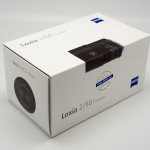
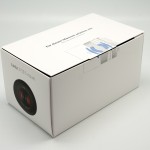
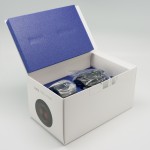
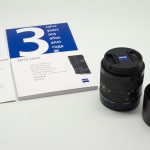
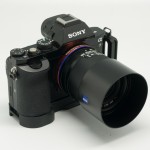
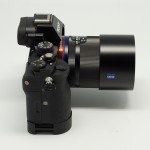
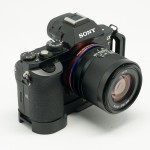
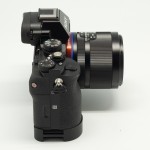
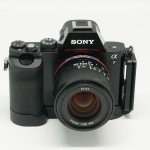
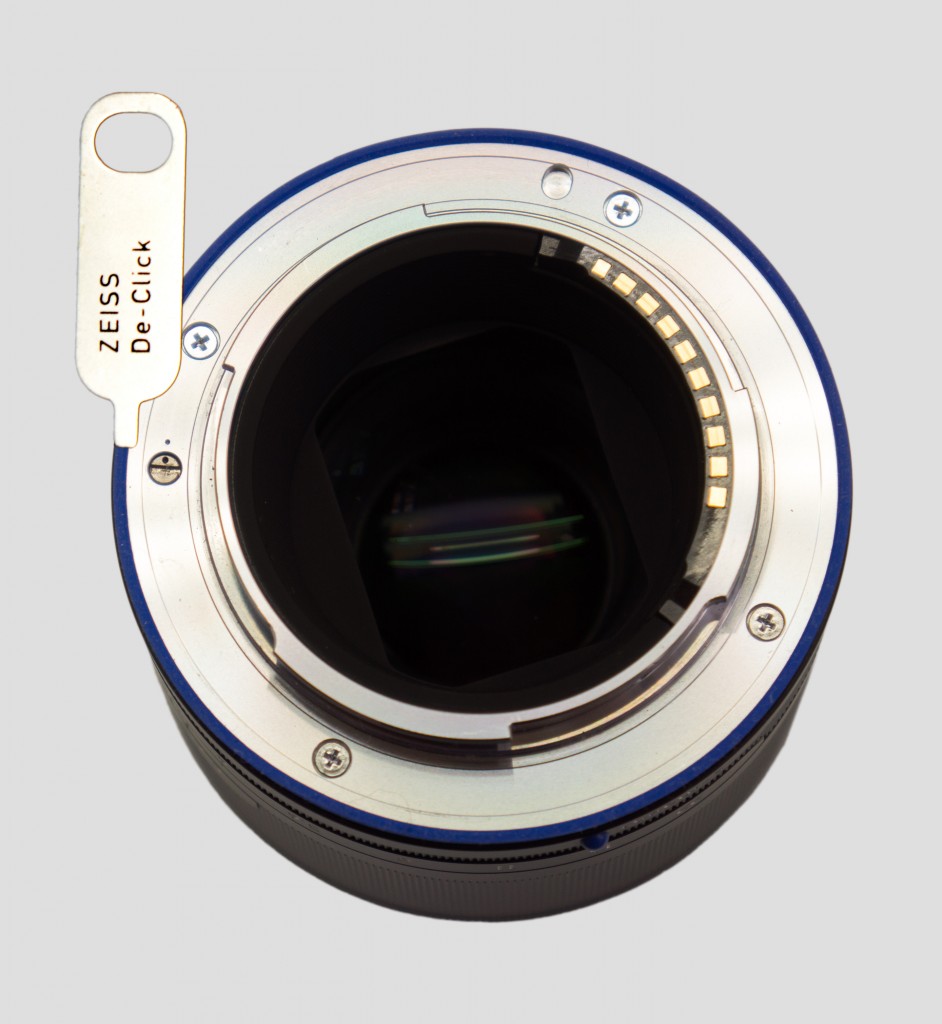

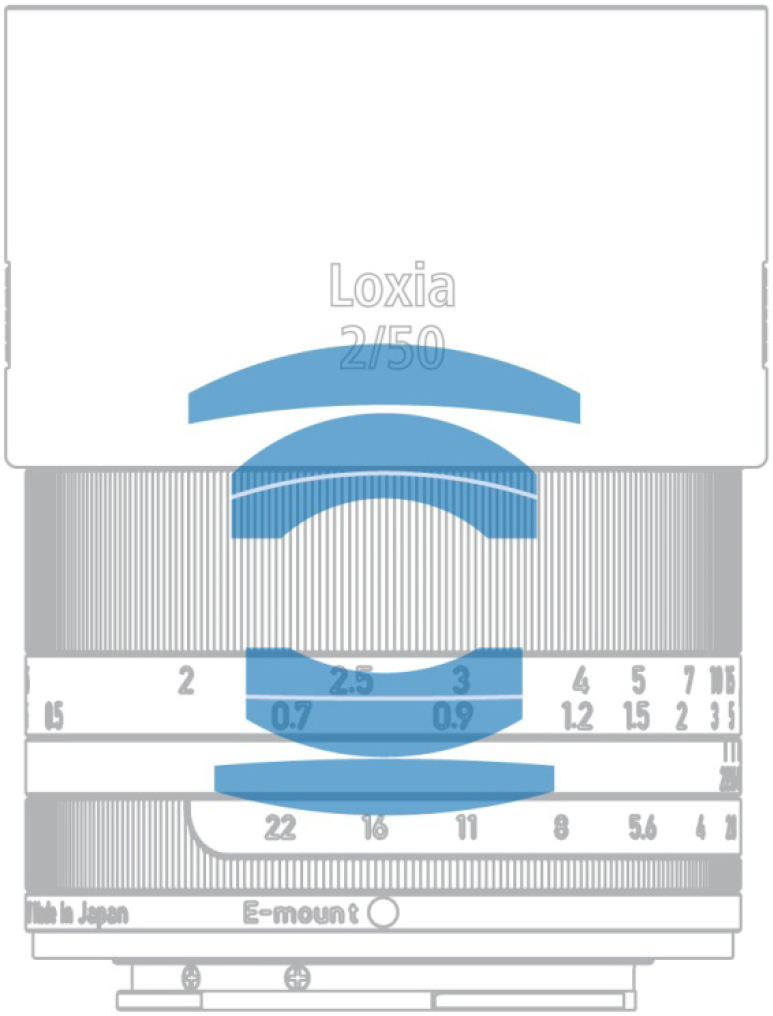

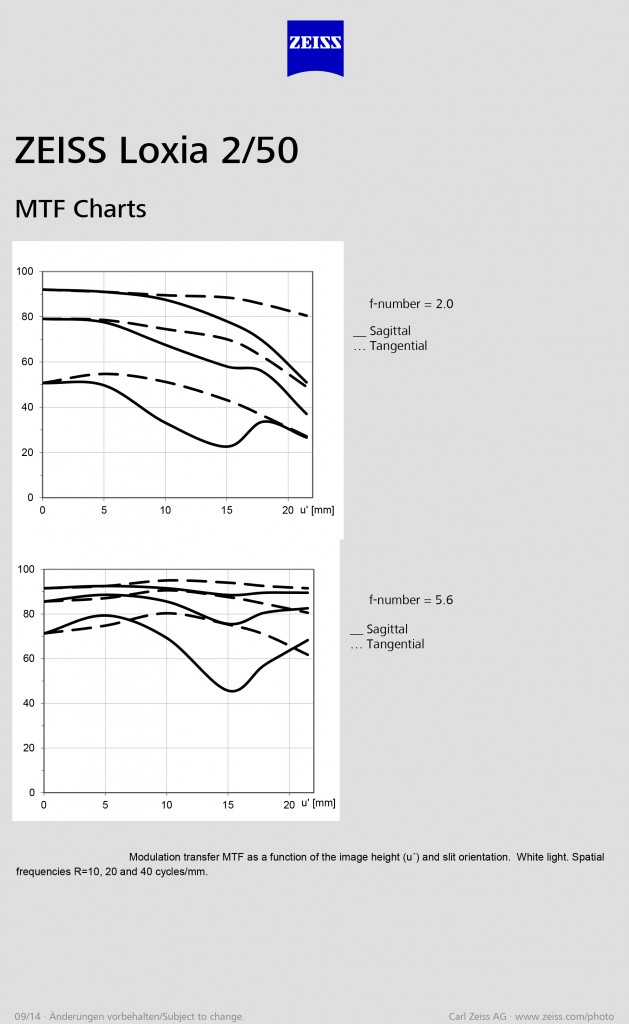
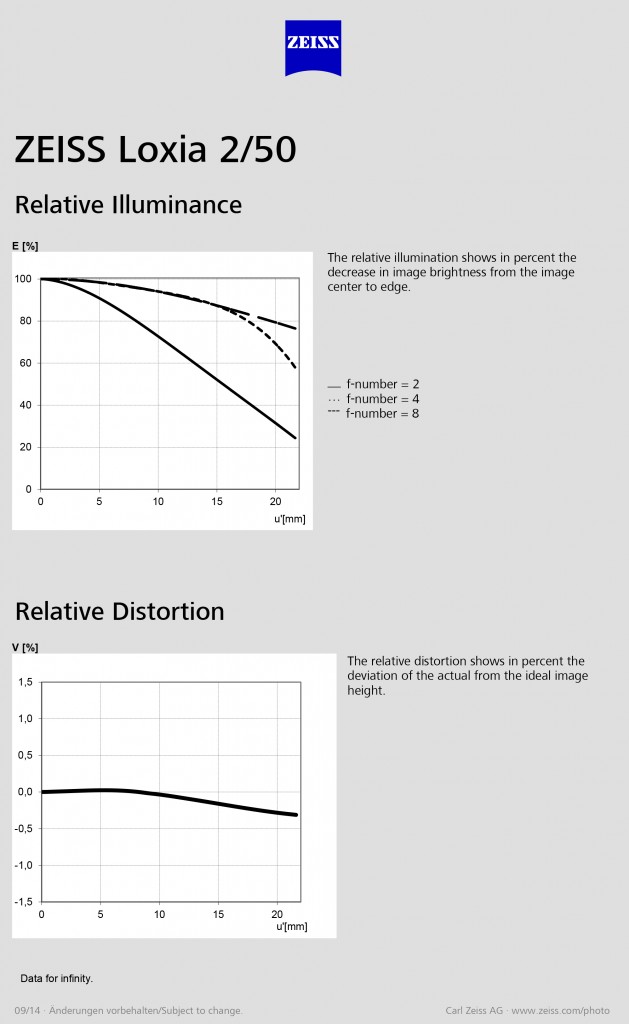
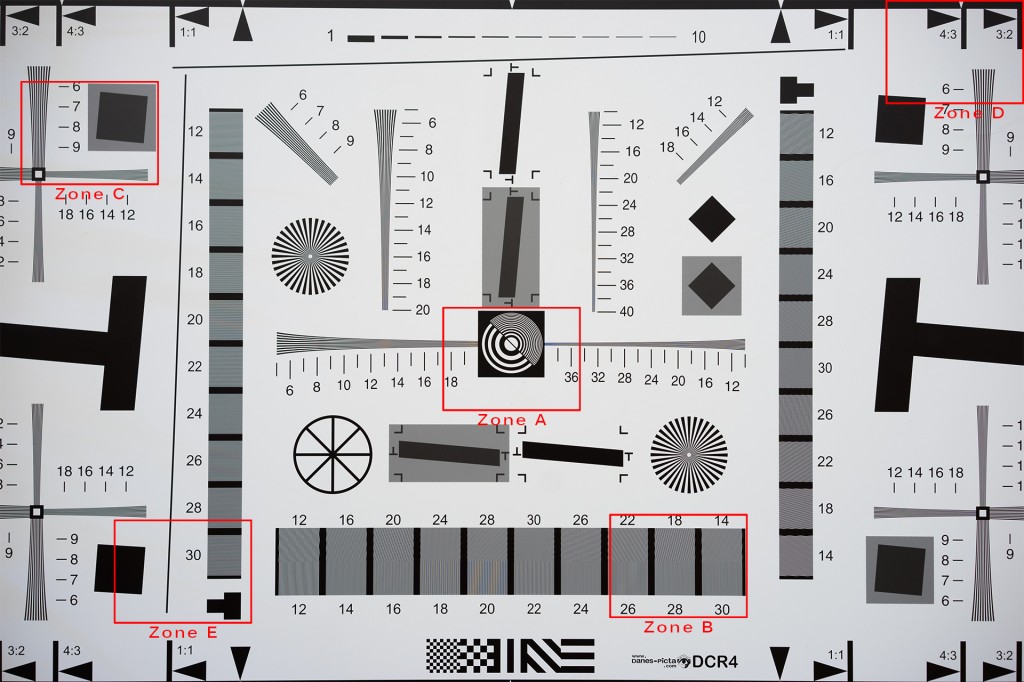
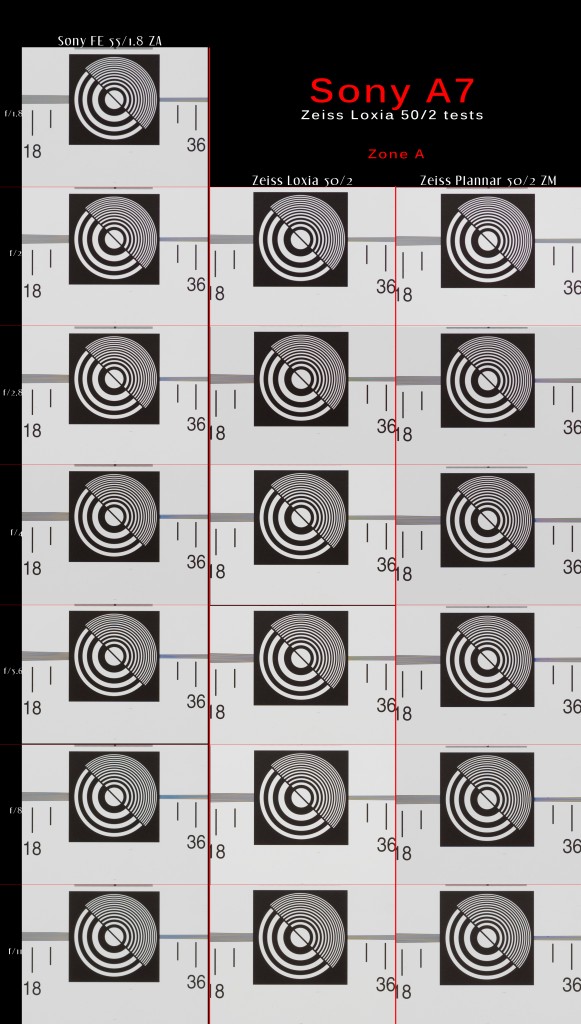
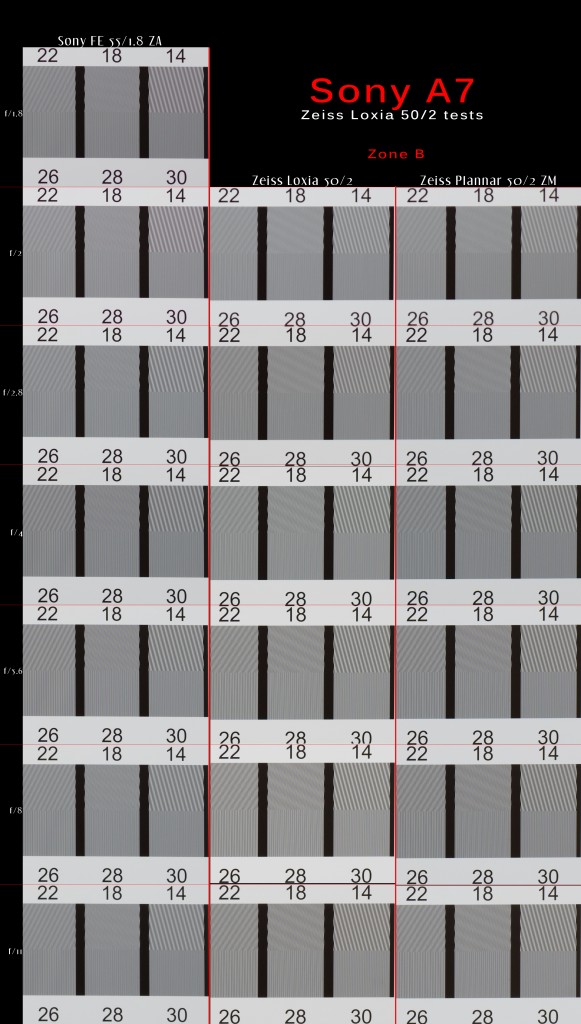
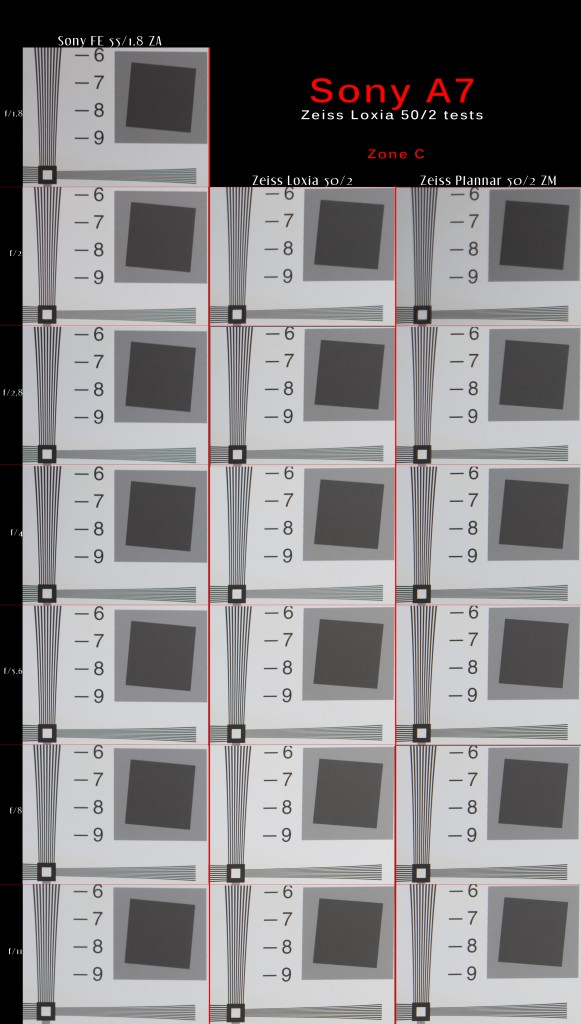
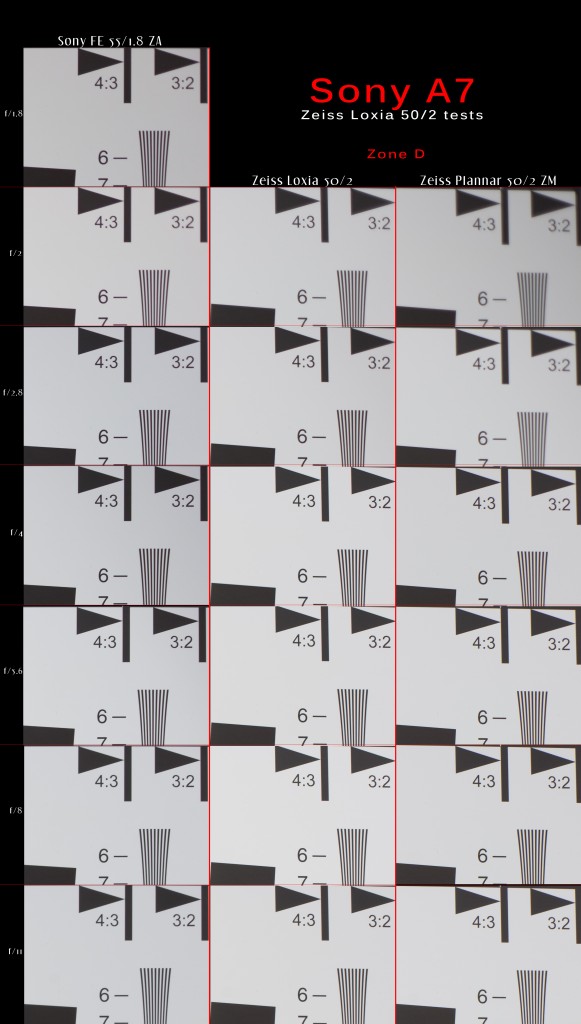
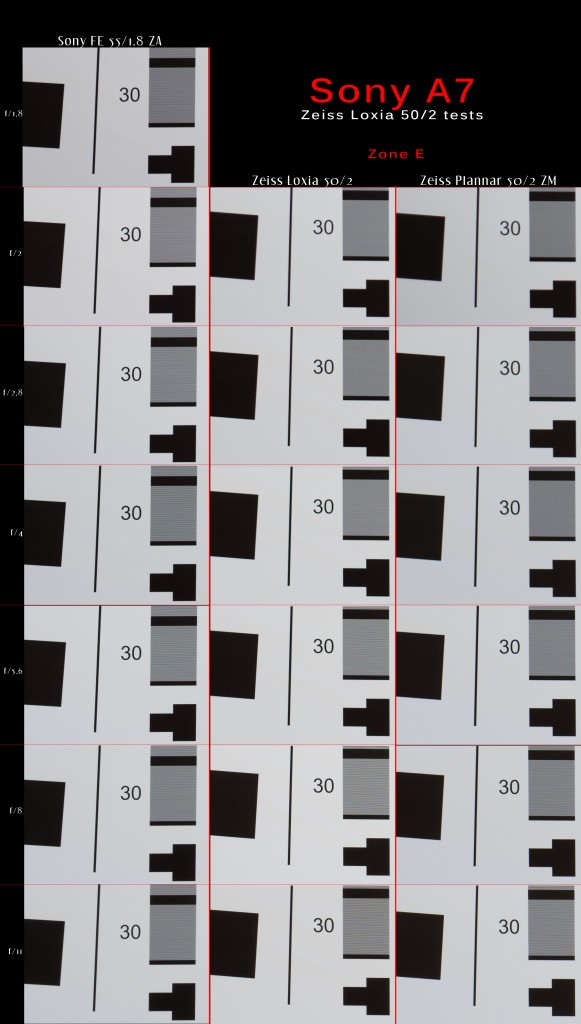
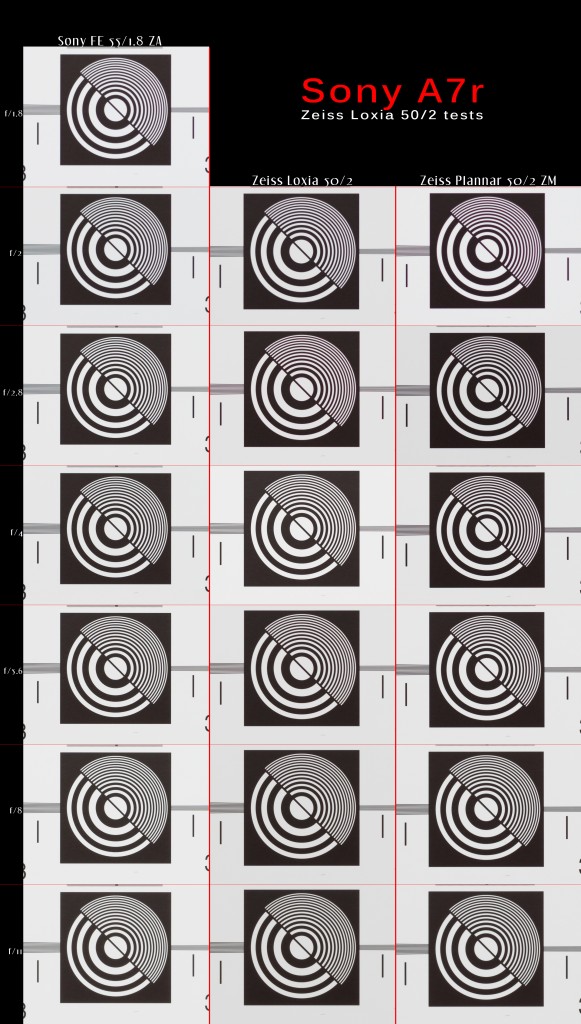
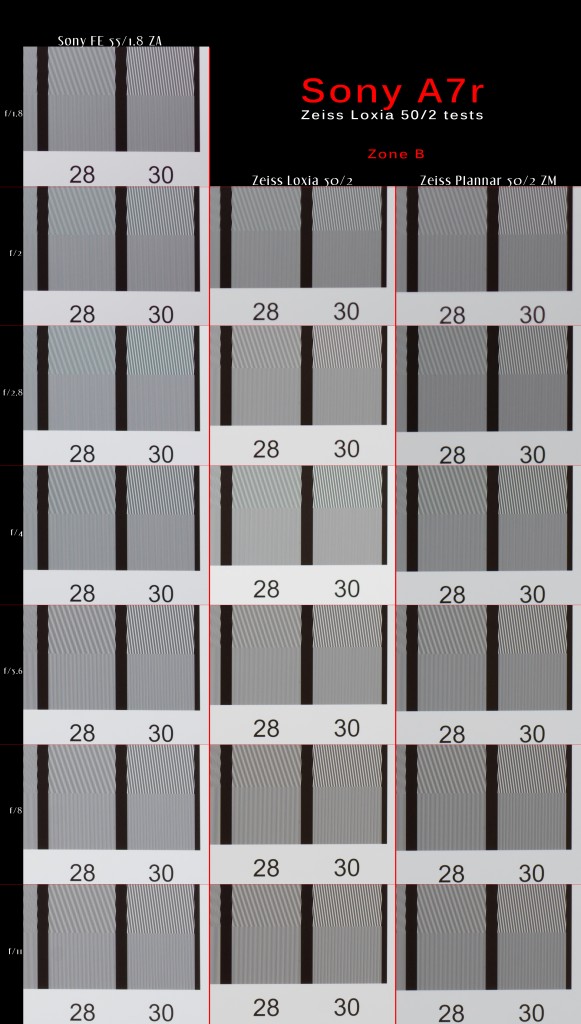
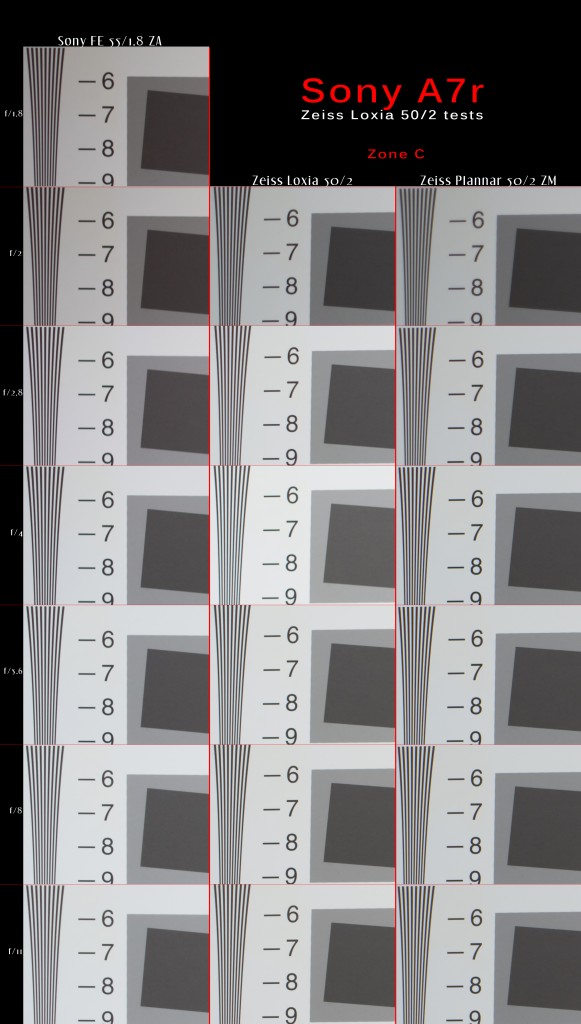
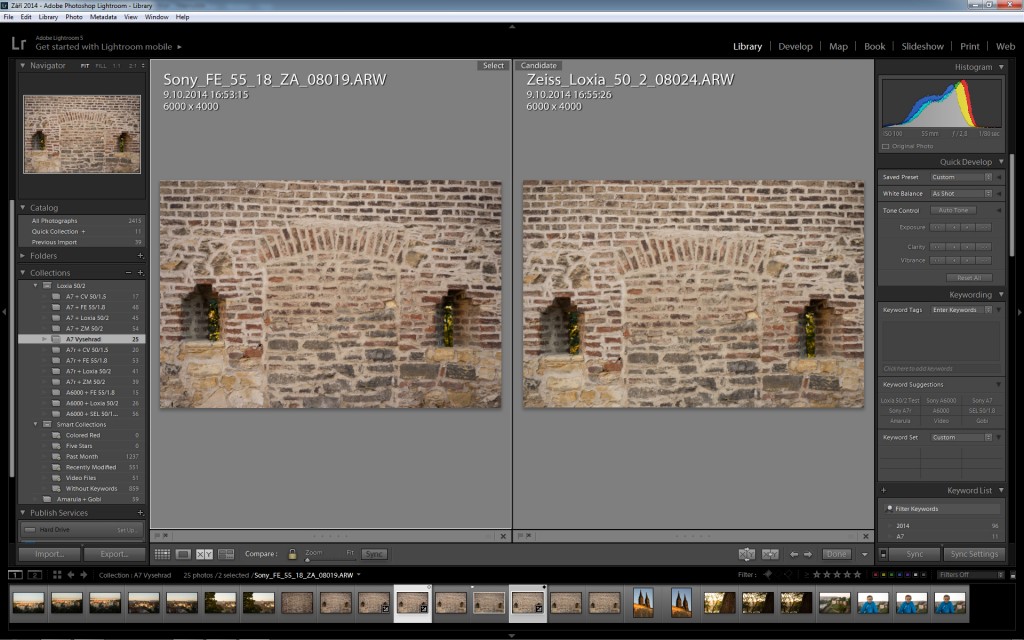
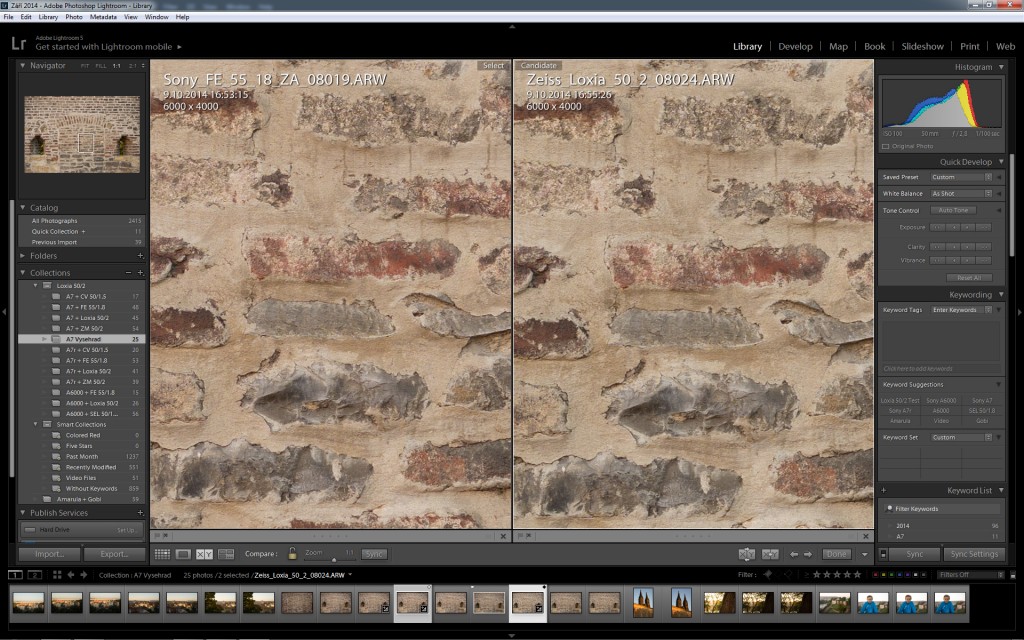
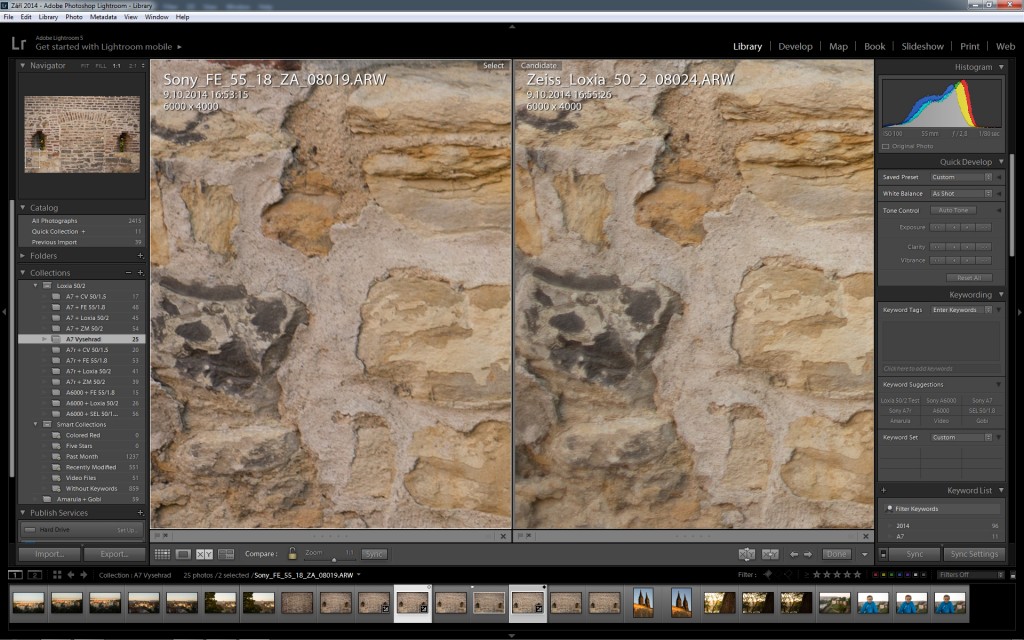
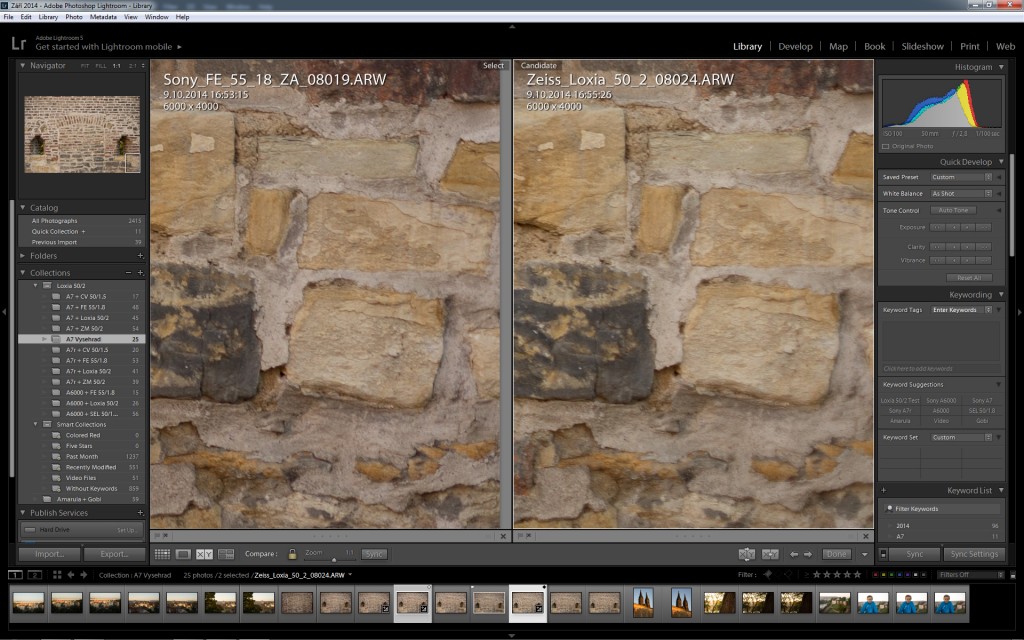
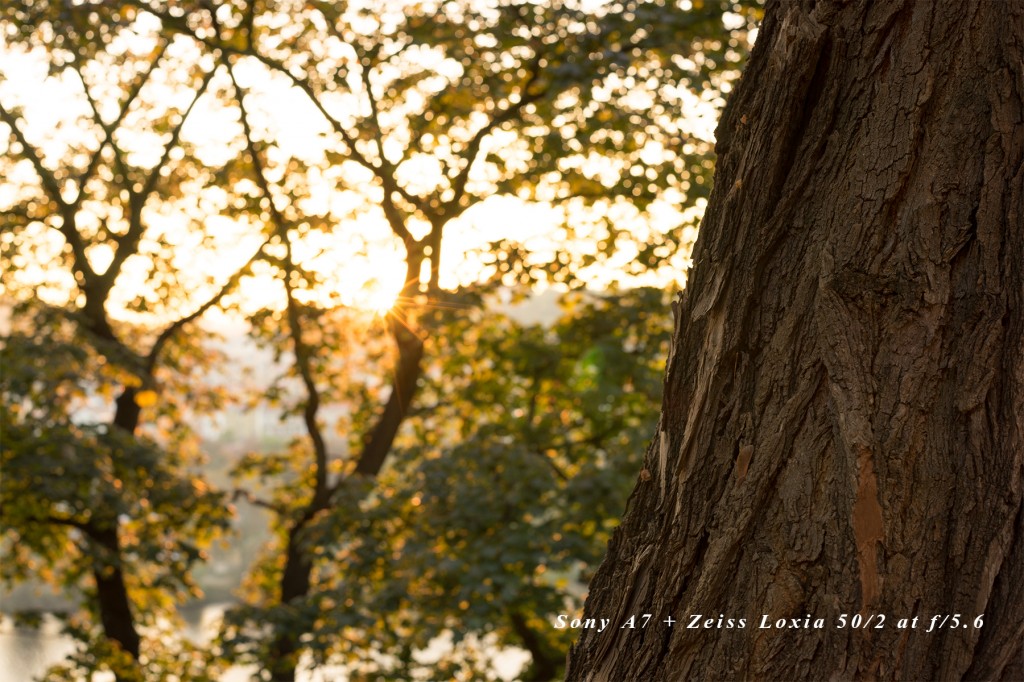
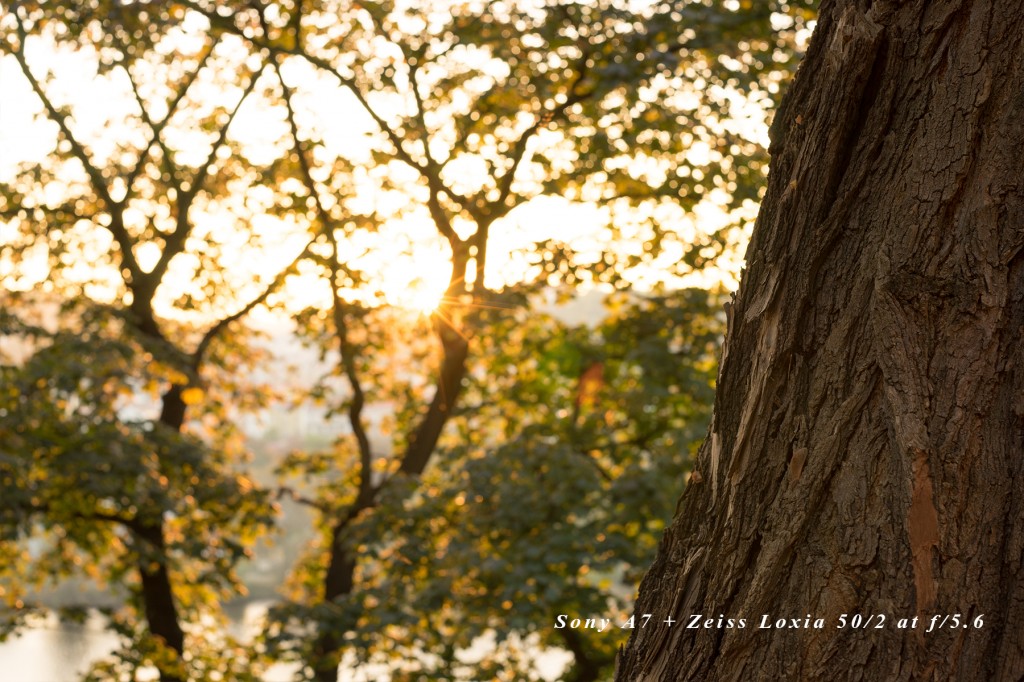
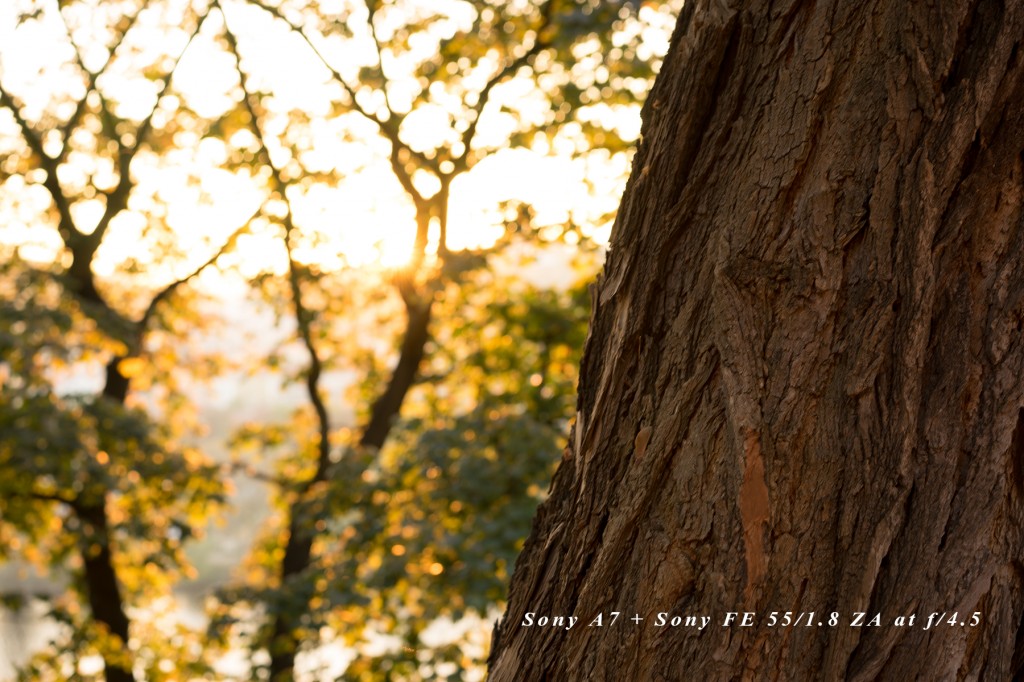
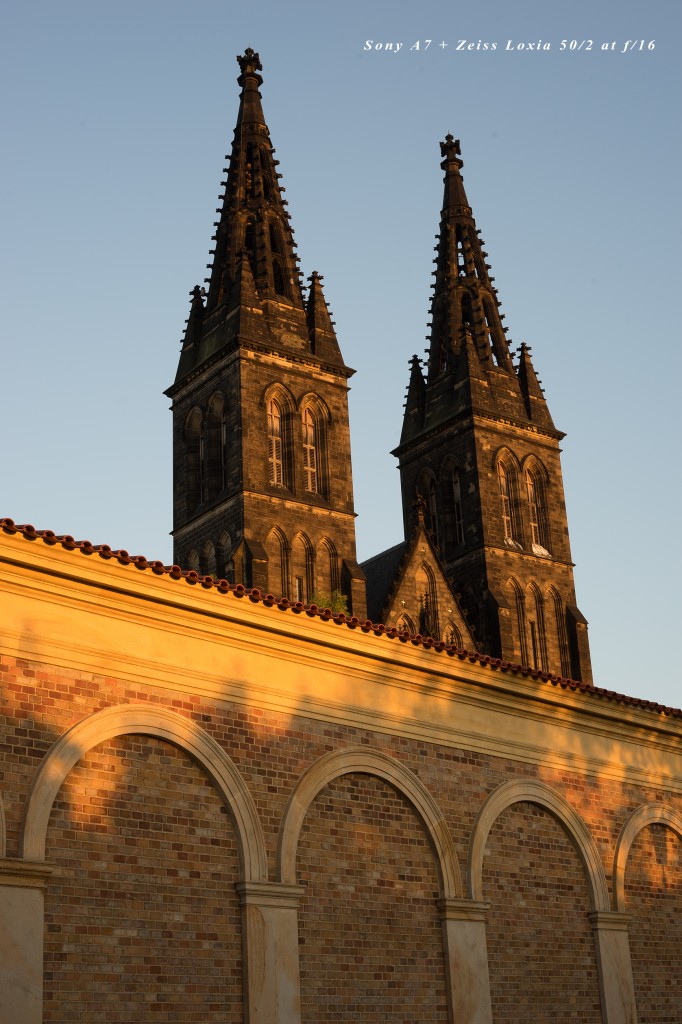
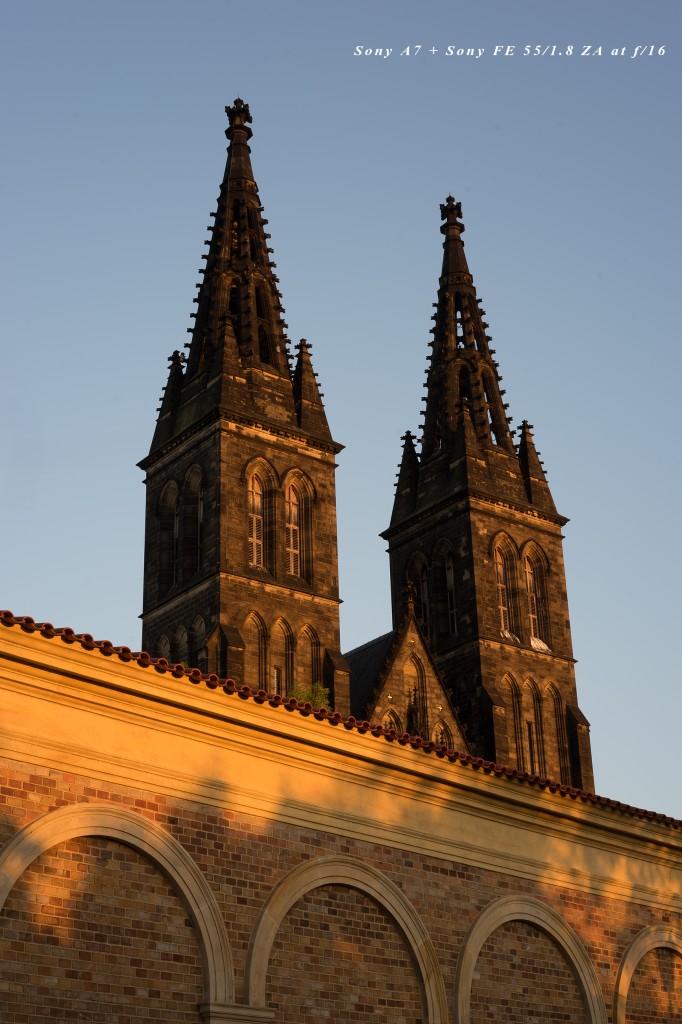
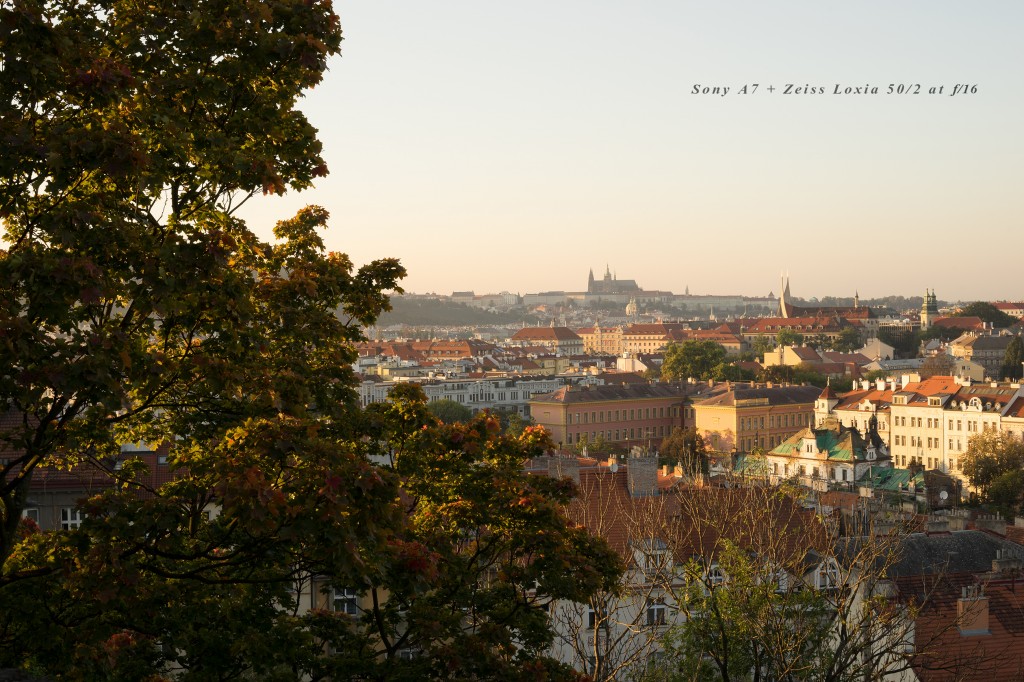
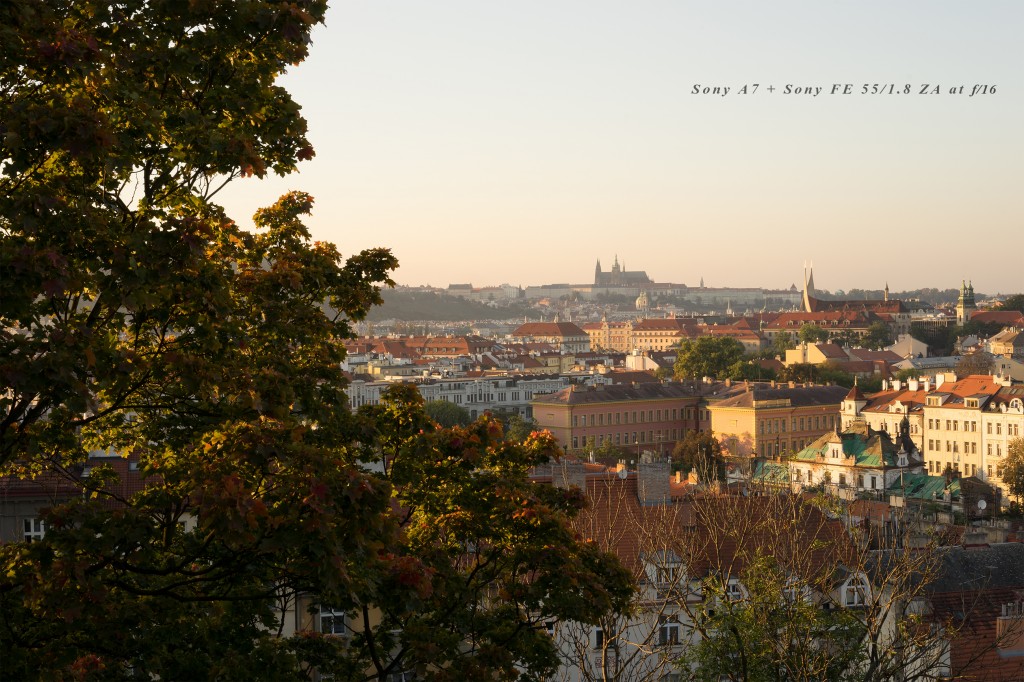
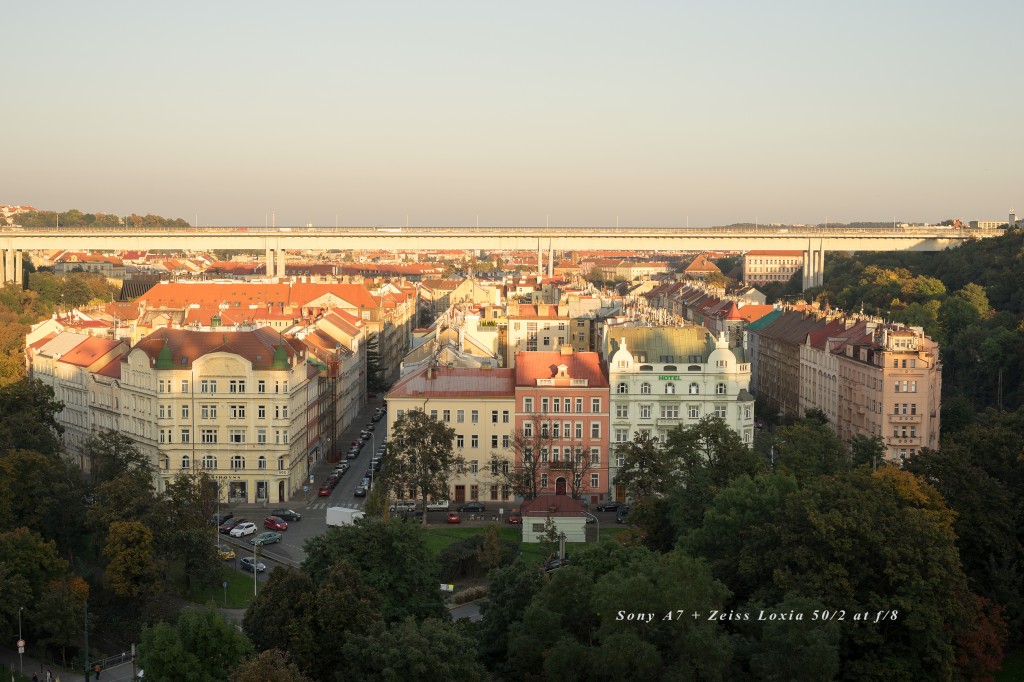
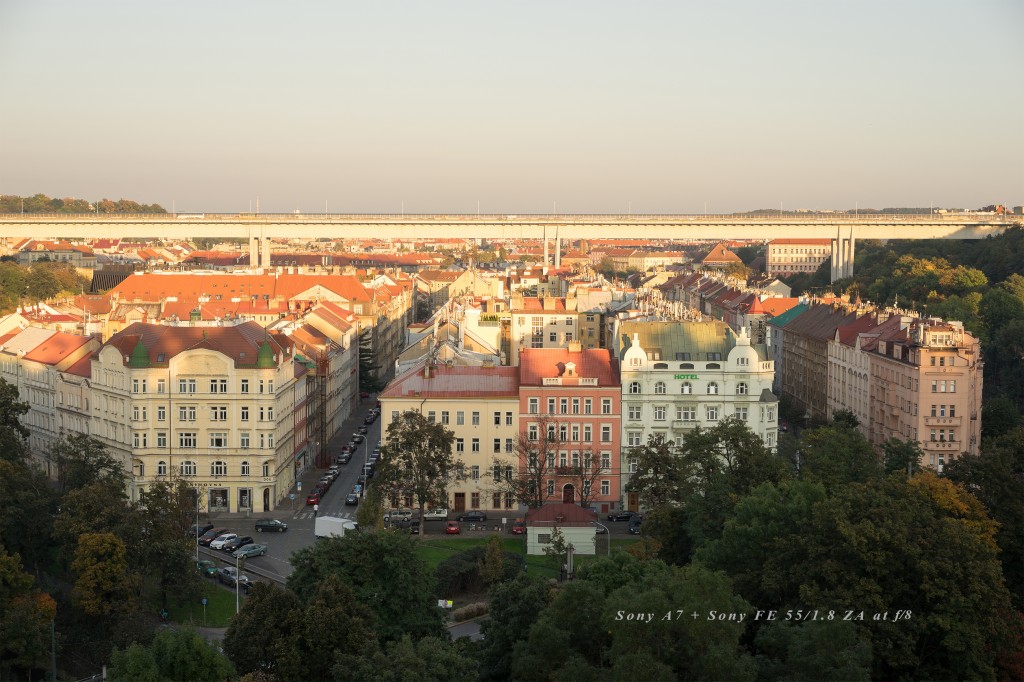
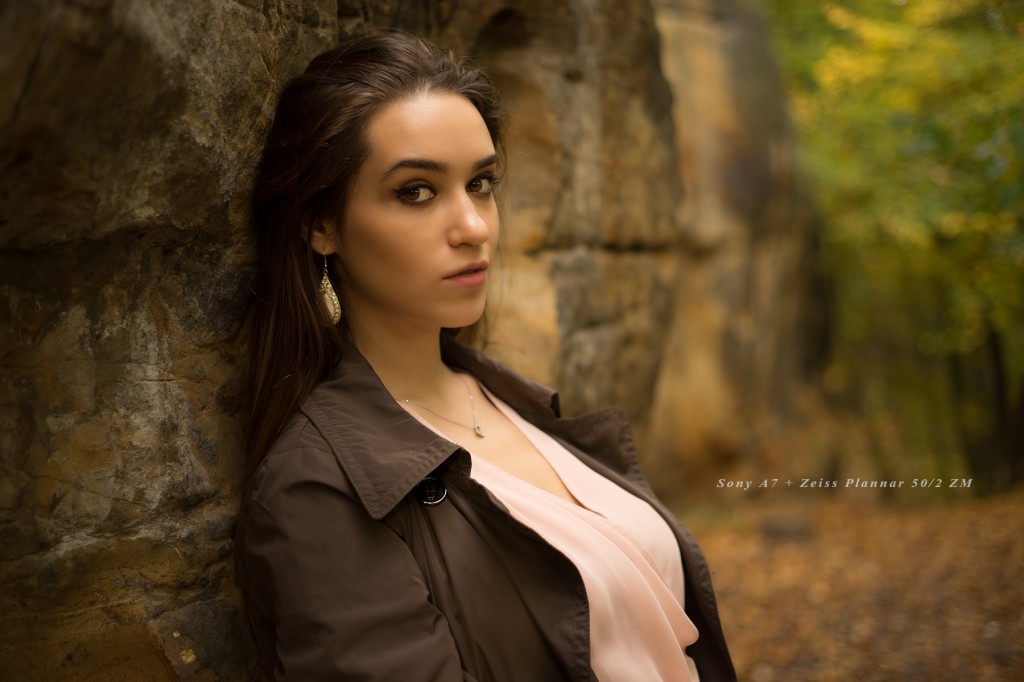
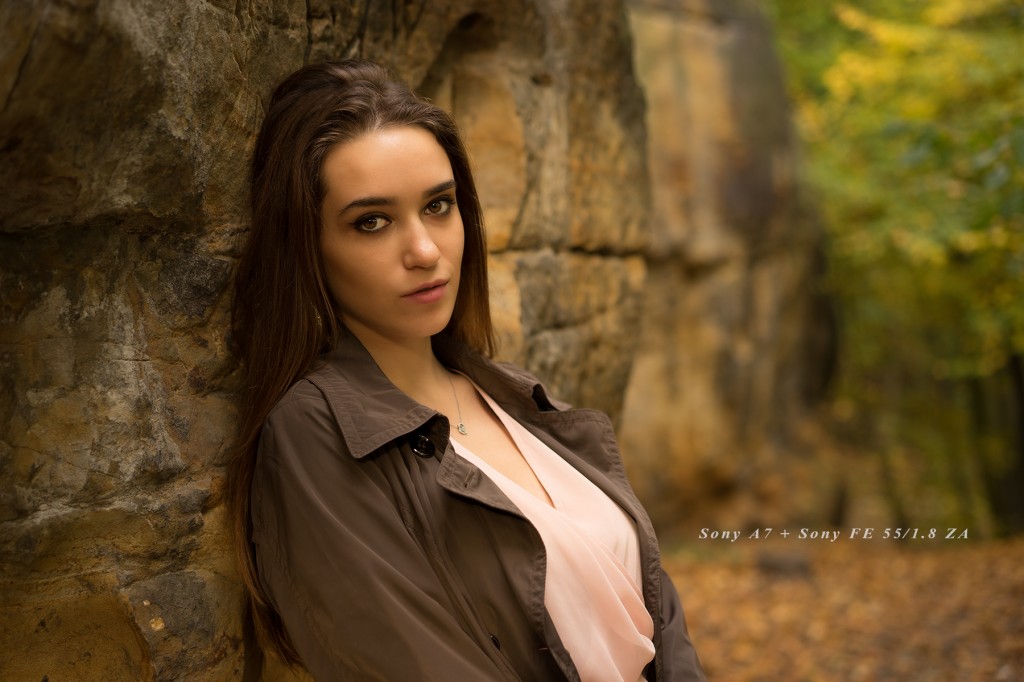
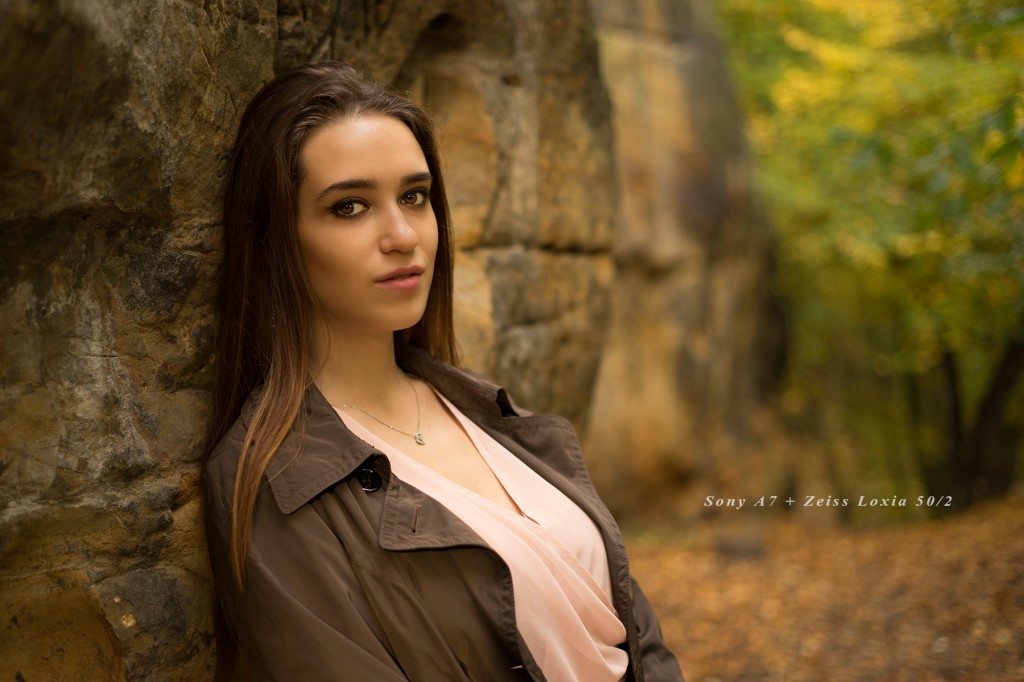
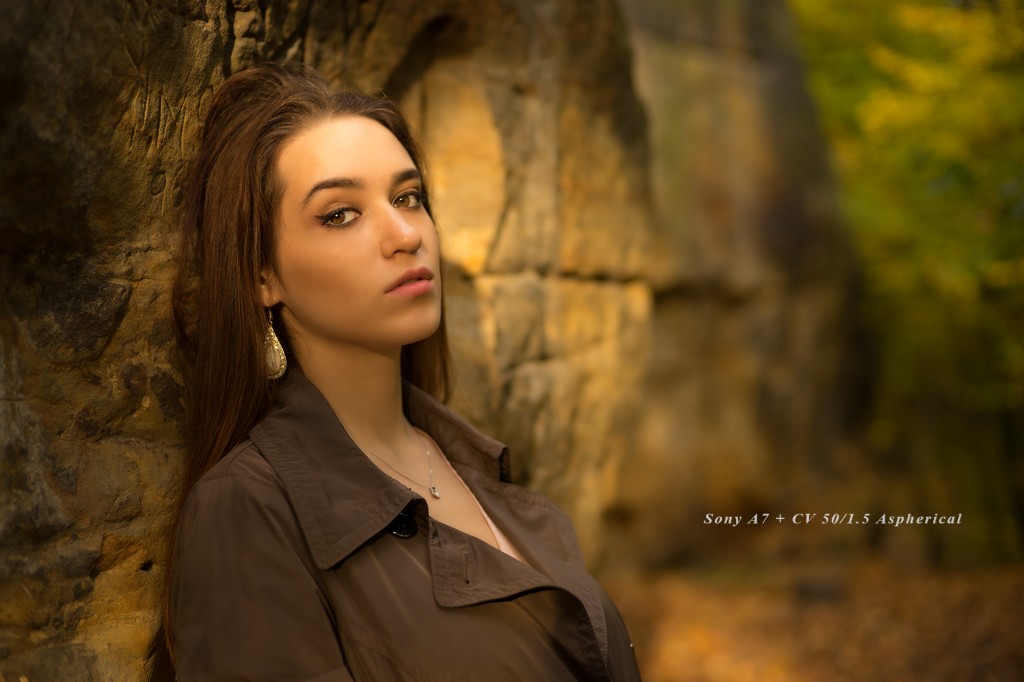
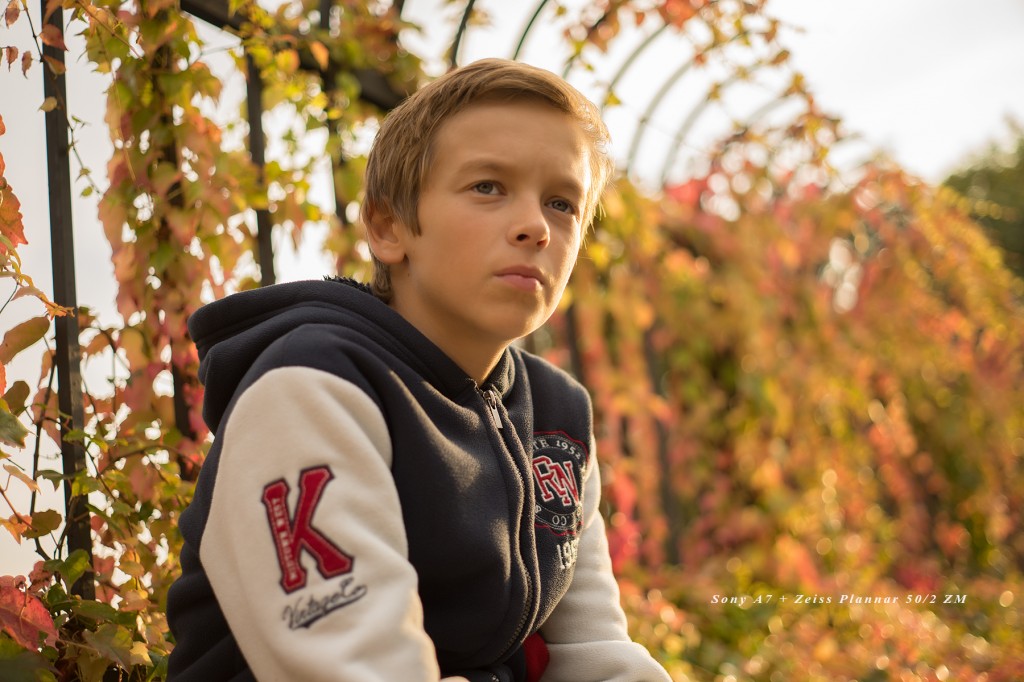
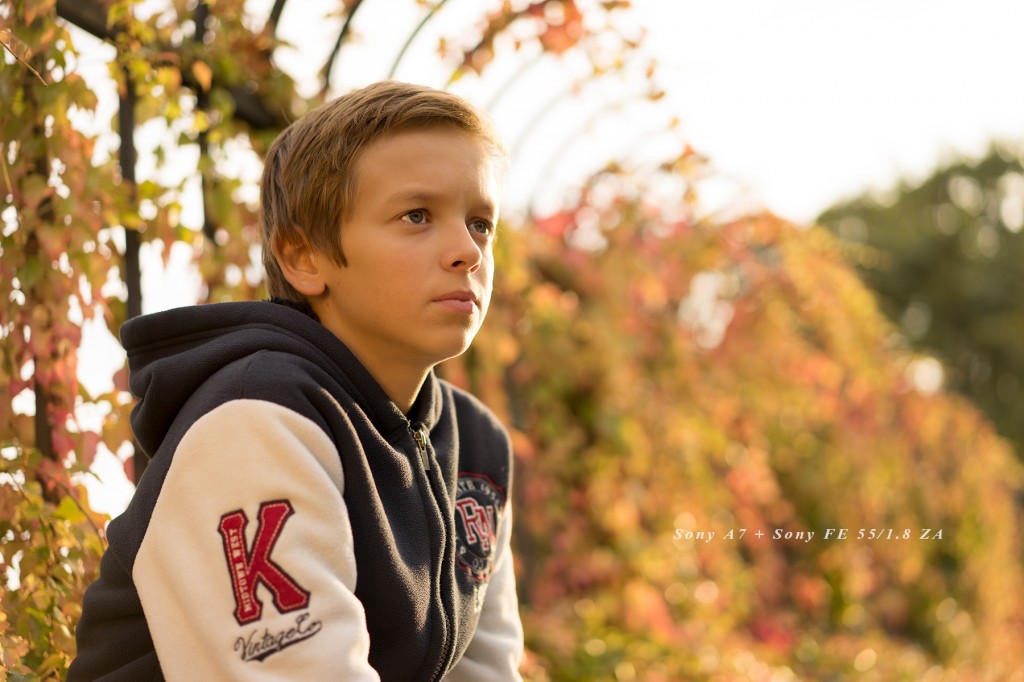
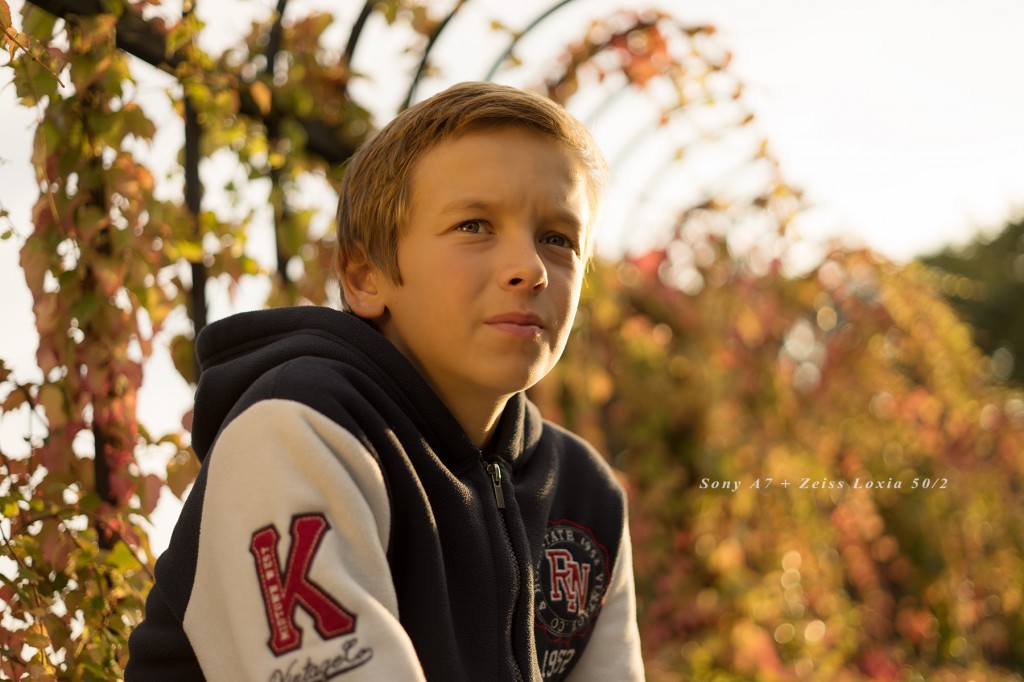
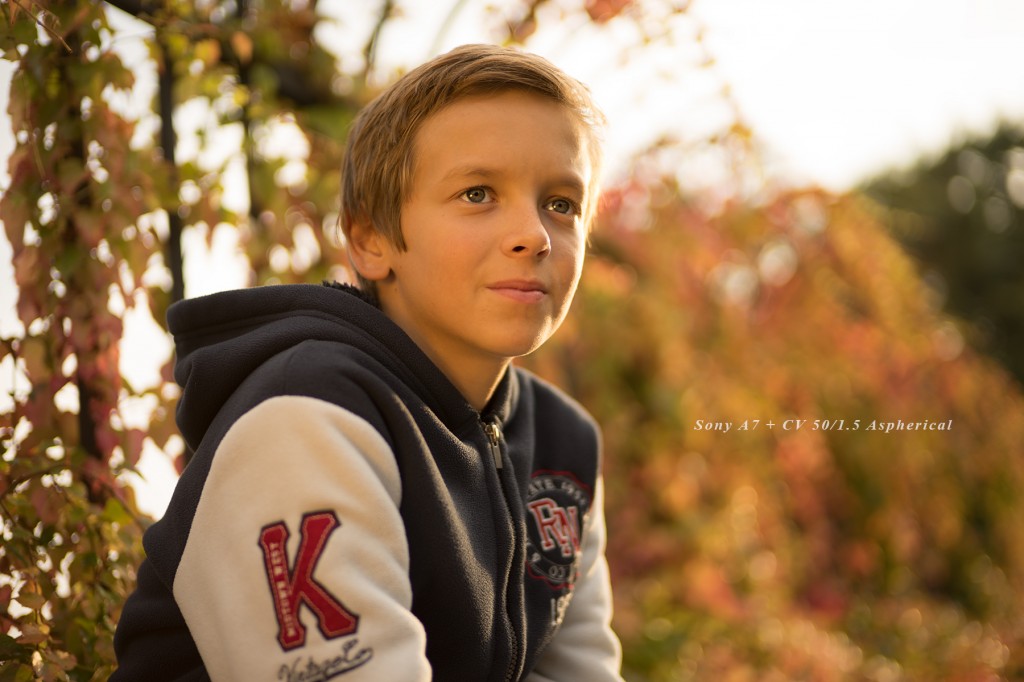
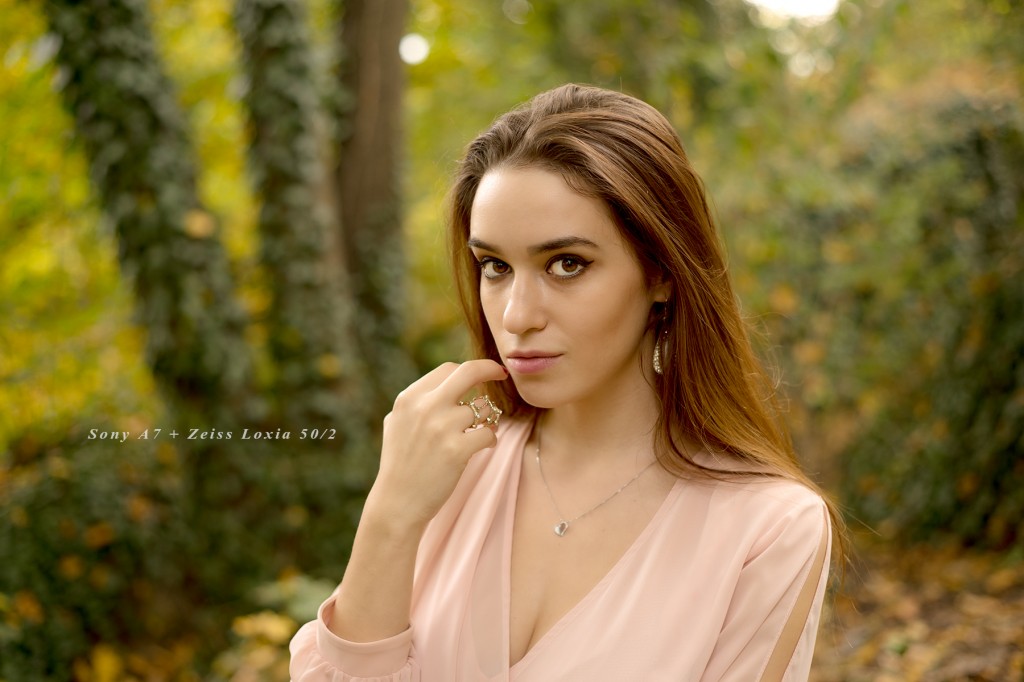
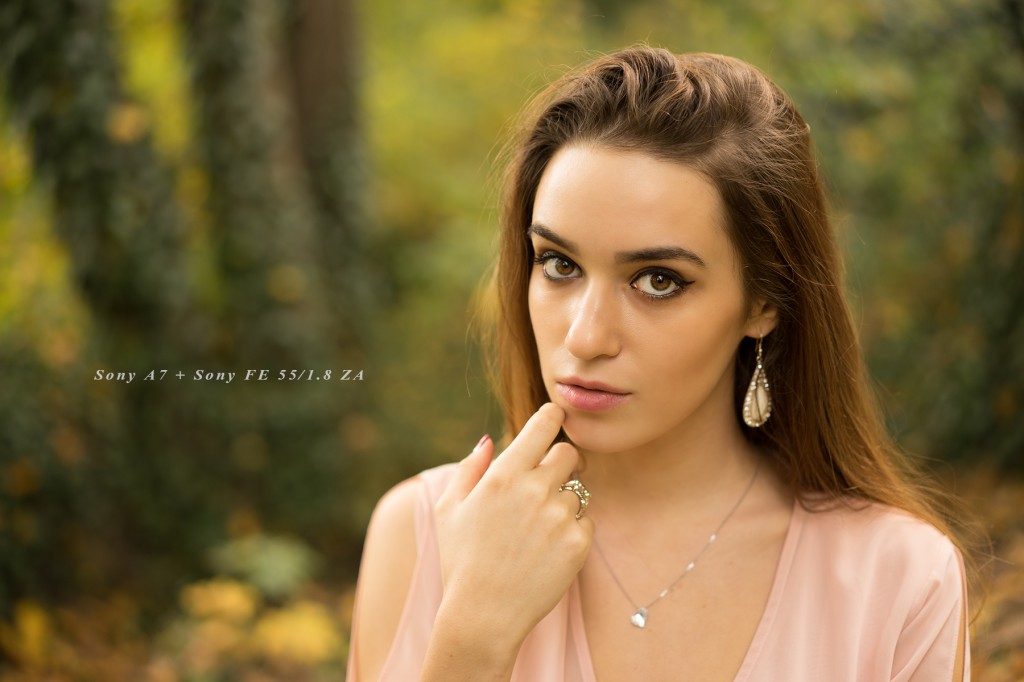
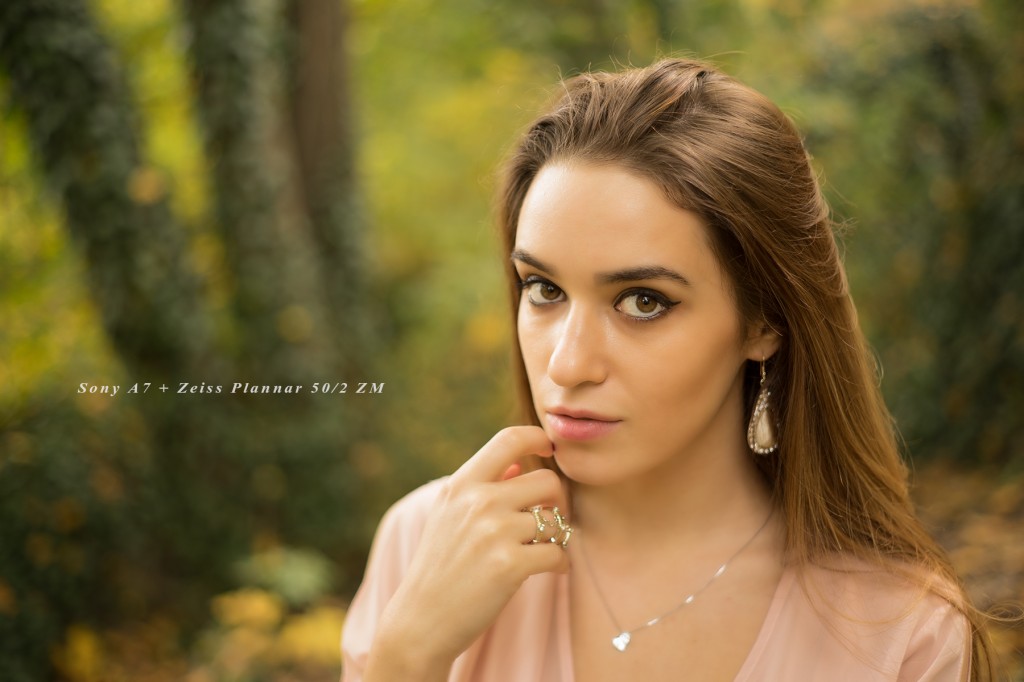
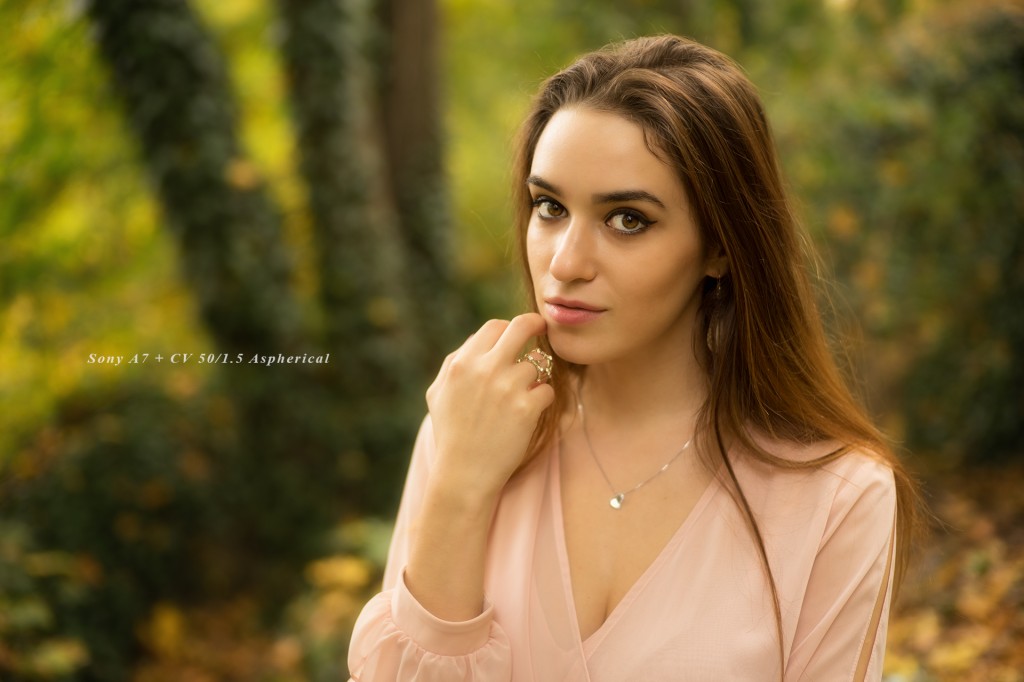
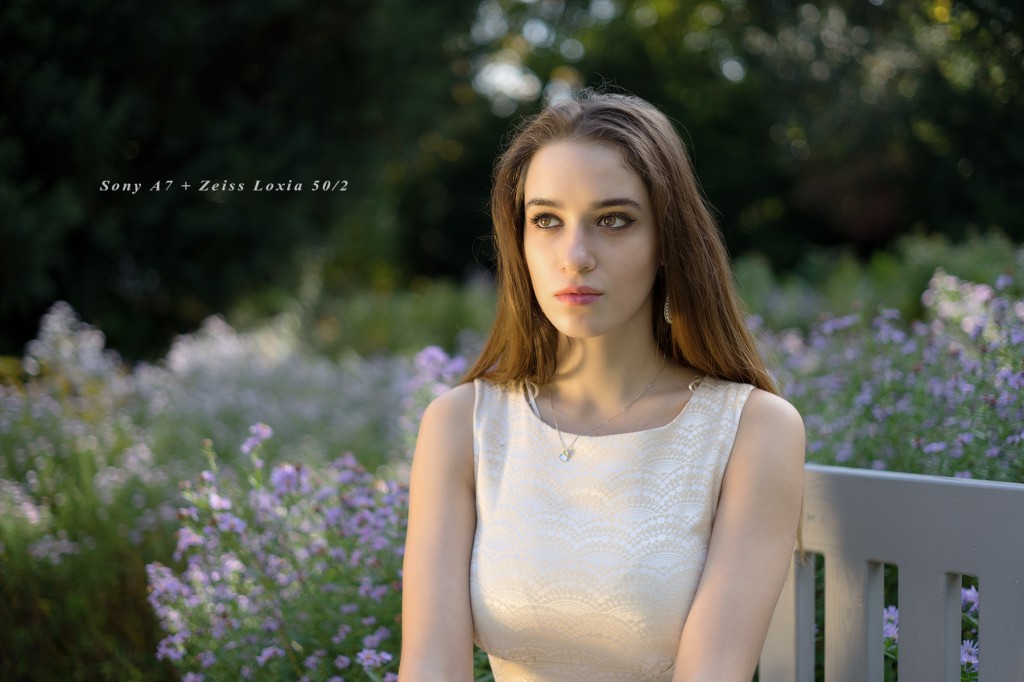
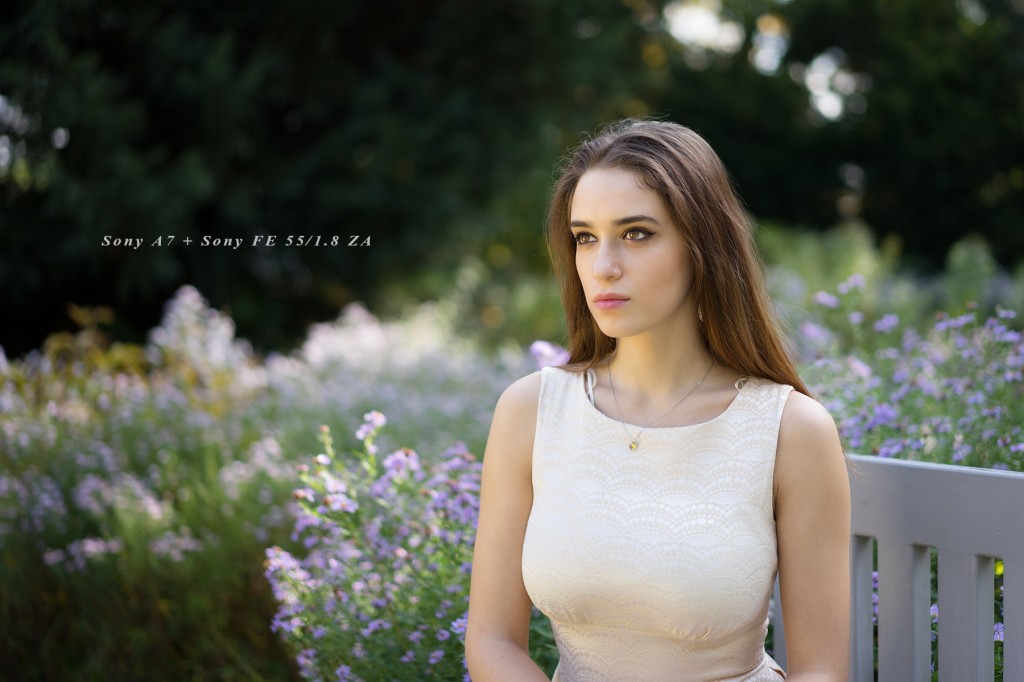
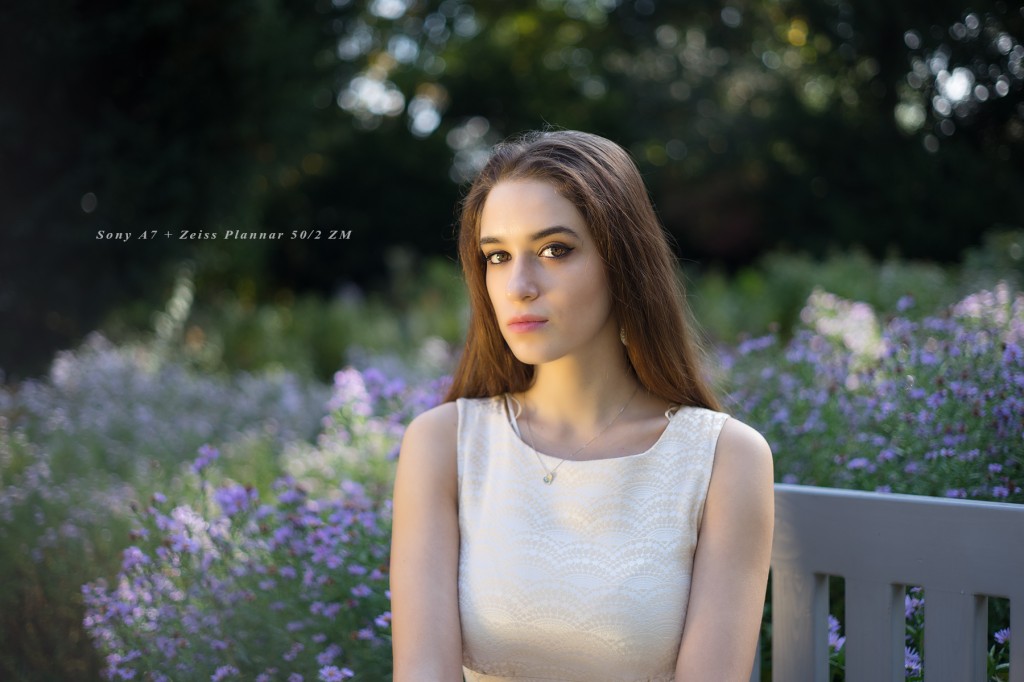
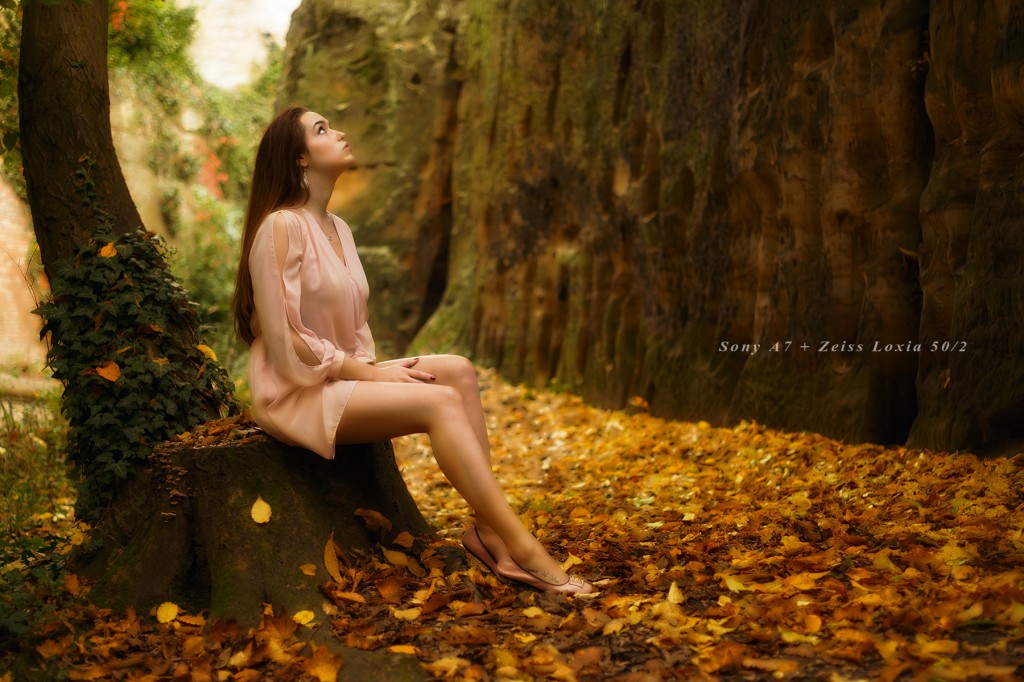
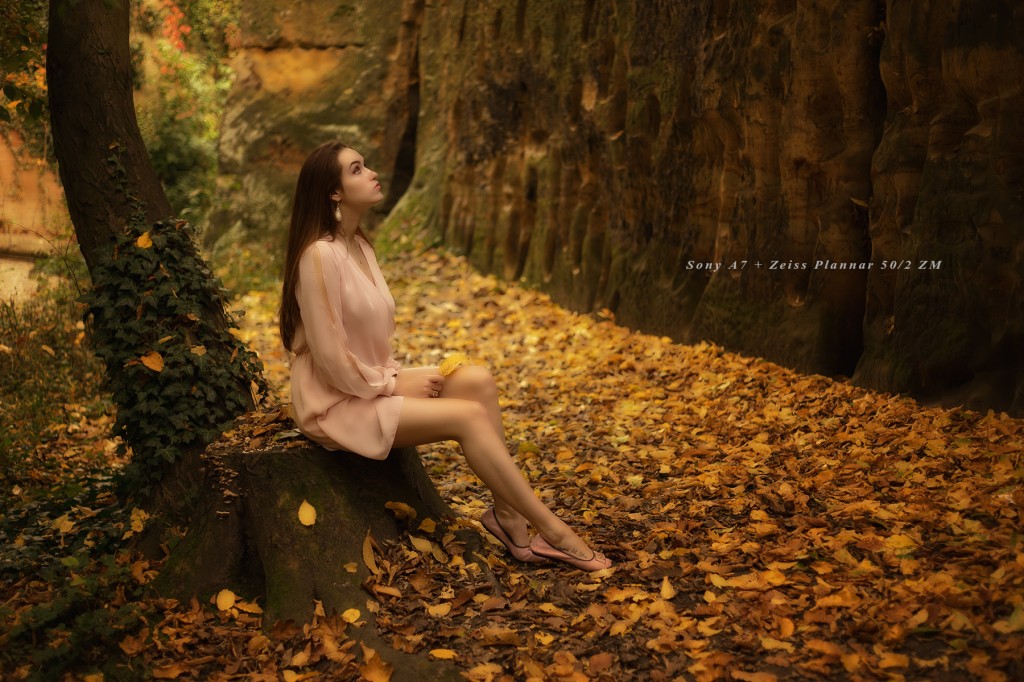
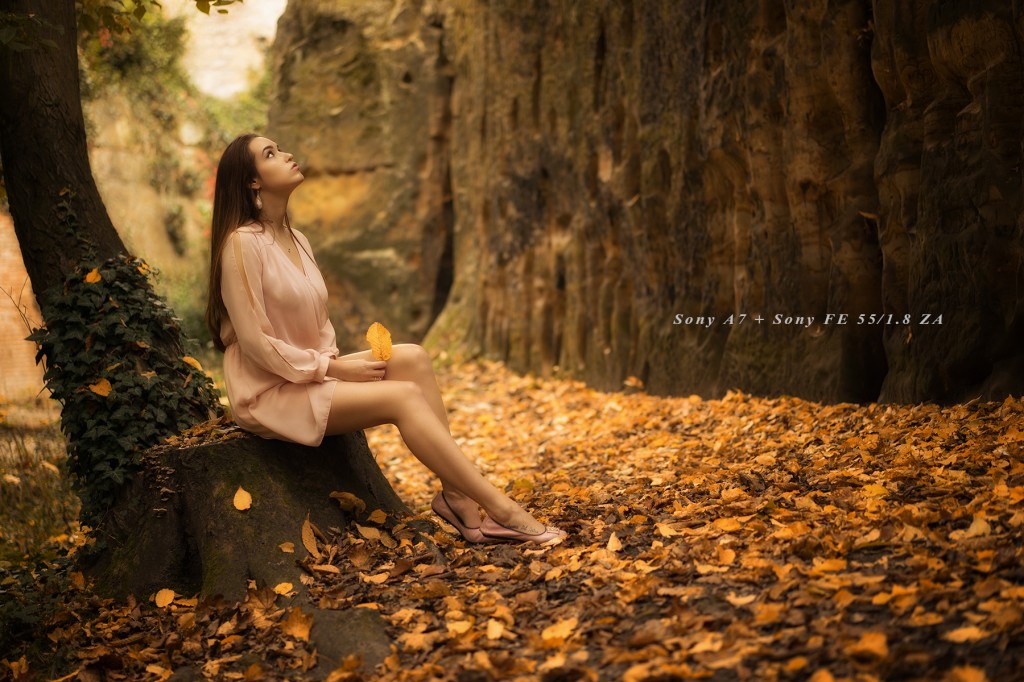
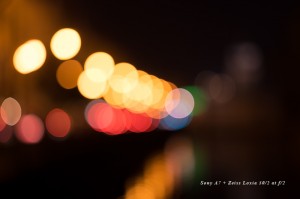
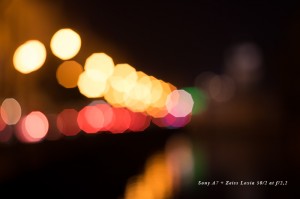
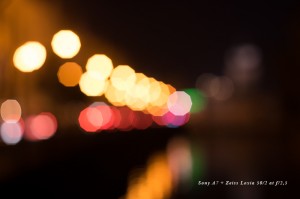
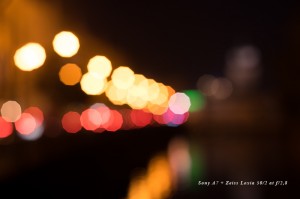
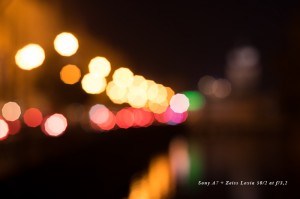
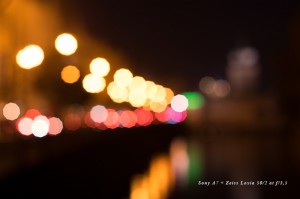
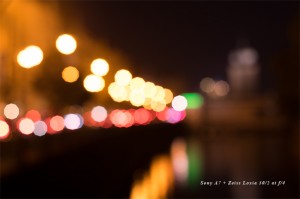
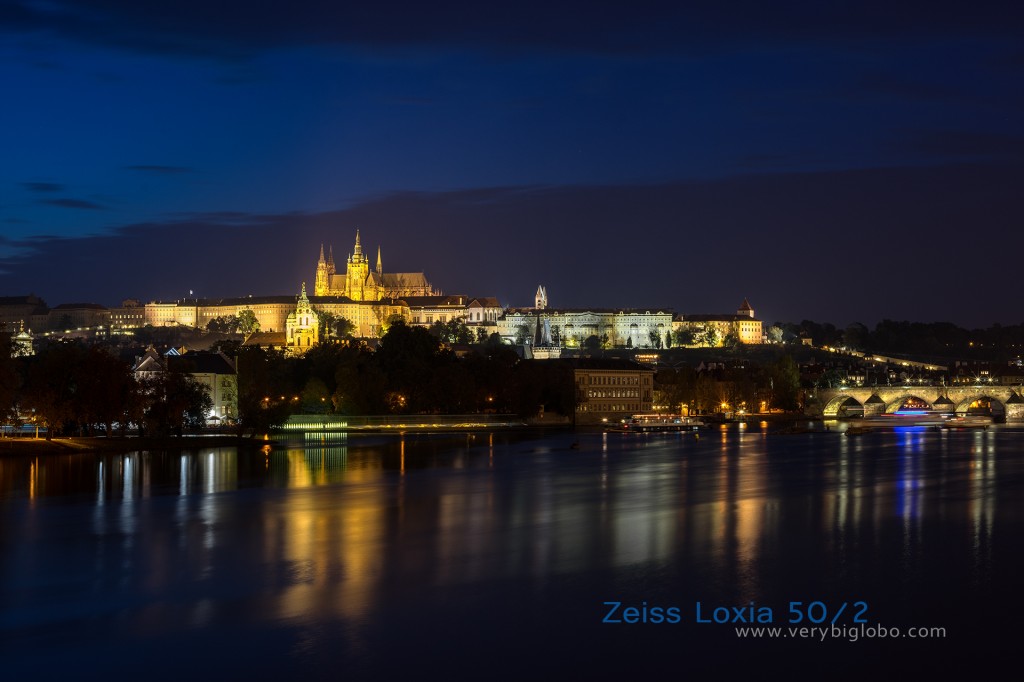
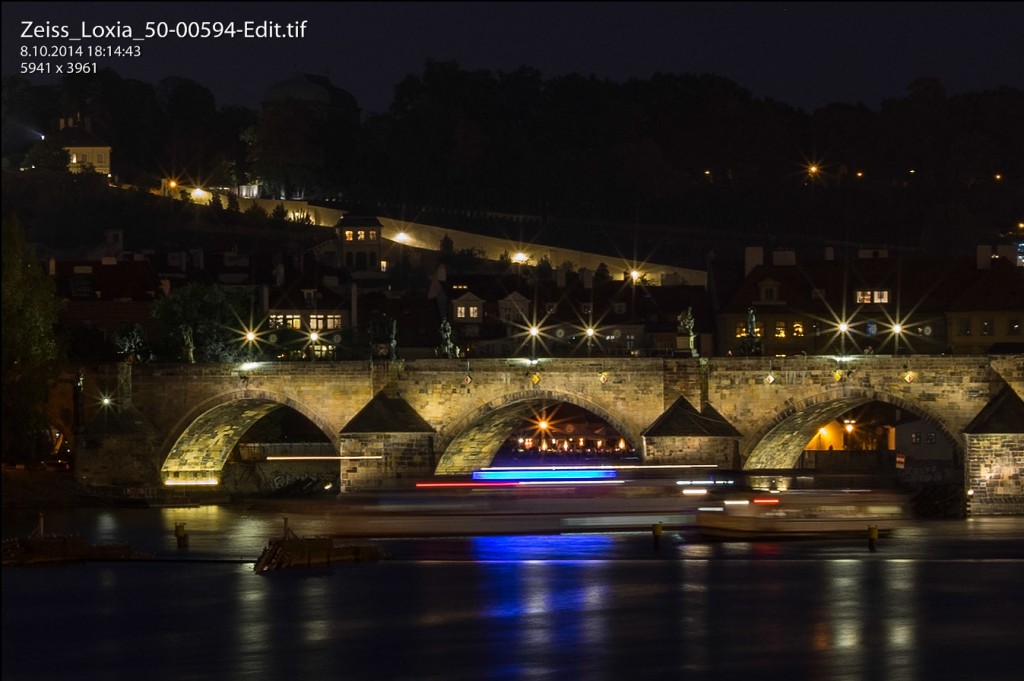
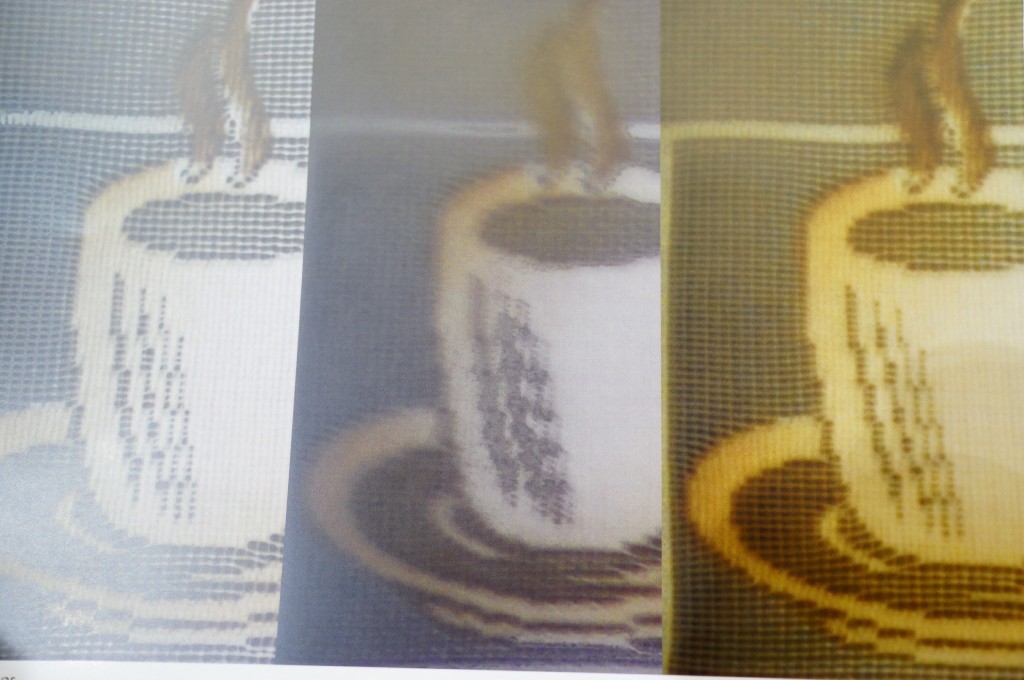
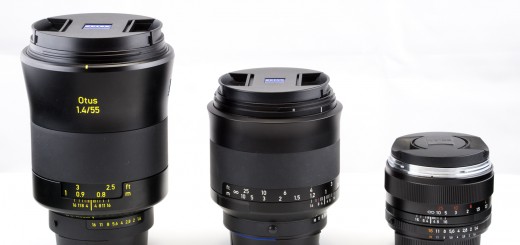
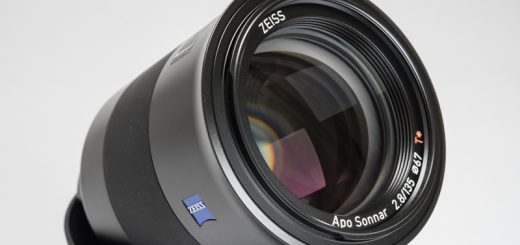
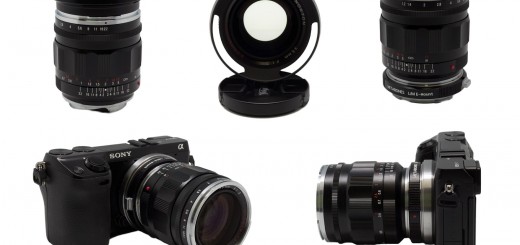













Great review—a thoroughly enjoyable read.
I already have too many lenses at overlapping focal lengths, but I am still interested in the 35/2.
Hi Martin,
from my brief touch on Photokina, Loxia 35/2 loos very promising. The question do I need it however, is… another question 🙂 I hope to get it soon for testing.
Regards,
Viktor
It is very interesting to read about the optical optimisation on Loxia for the protective glass on A7 series. I’ve seen a photo by Steve Huff with A7s and Sonnar C 50mm 1.5 and I don’t think there is anything wrong with it (without Sonnar being optimised). Considering you are a Sonnar fan, can you comment on how this lens perfoms on A7 series in your eyes?
Hi Marek,
I believe there are few reasons why you saw a photo from Steve Huff with A7s and Sonnar C 50/1.5 and not noticing anything wrong with it.
1. If you are talking about photo in his A7s review, you can’t see anything wrong because the target is not flat. The astigmatism caused by sensor protective glass affects mostly corners and edges. But to see how bad they are, you should shot flat target wide open. In a real life, you will rarely find a need to do something like that (except in astro photography or some specific copying work), so it doesn’t really matter.
2. Sony A7s has much larger photo sensels that are capable of collecting more light than its densier brothers A7 and A7r. In other words, Sony A7s is much less prone to problems caused by steep light rays hitting the sensor.
3. Zeiss Sonnar is not pure symmetrical design such as Biogons e.g. it is more tele-centric. That means that due to less steep light rays projection, the protective glass refraction causing astigmatism is not as much pronounced.
4. Wider the lens of symmetrical design, more pronounced astigmatism will be. When I tested on Photokina Loxia |35/2 and 50/2, improvement in corners was much more significant between Loxia 35/2 and Biogon ZM 35/2 than between Loxia 50/2 and Plannar ZM 50/2. That can be seen from my tests too.
I like Sonnar design more, but I haven’t used Zeiss C 50/1.5 ZM on Sony FF yet. I tested it with the chart, but that lens was never meant to be sharp across the frame like Plannars e.g. On the other hand, for some reason I like it more on my film Leica than on digital. It shows more character with nice BW film at 400 ISO, than on any of my digital bodies. I am not scanning my film works, so I can’t show it, but you’ll find many samples on the web.
Don’t forget that Sony FE 55/1.8 ZA is Sonnar type too 🙂 While I usually don’t like lenses with high accutance, that lens is exception.
From all lenses above however, I like most CV 50/1.5 Asph. But to be honest, comparing images with model above, even I would have hard time to tell them apart without reading description. That’s how close in a real life, most standard lenses are…
Cheers,
Viktor
Hi Victor. Very nice review. I have to agree with you in terms of CV 50/1,5. Awesome rendering and for people no comparance to the other lenses. Probably not as sharp (sitting on my Ipad I can’t tell for shure) as Sonnar 1,8 and Loxia but by no means clinical and very lifelike. Would have liked to see also an example of the Cv from the model on the garden bench. Slightly cooler and therefore curious how it looks like. Is the Cv also great for landscape work? I relly think hard to replace my FujiX-T1 with a A7ii. Since returnimg to D810 I simply miss something in my Fuji files. I once tried the A7r but couldn’t live with the shutter shock and flickering view finder.
Regards Ernst.
Hi Ernst, thank you very much for your kind words.
In my experience, CV is very good for landscape at apertures from f5.6 and smaller. It’s peak performance in terms of even sharpness across the frame is at f/16, but due to the diffraction I suggest to move around f/11 if possible. It has good flare resistance (keeping nice contrast) and good micro-contrast with (as you mentioned) slightly cooler colors.
There are certainly better landscape lenses (when extreme sharpness is needed across the frame), but most if not all of them are much larger and usually more expensive.
My A7r sits on the shelf and I used it occasionally for lens testing mostly, but very often I have to throw away obtained results because of the shutter shake… Let’s hope that Sony will bring improved version and uncompressed RAW (or lossless compressed) in the near future.
Cheers,
Viktor
Very informative and detailed review, presented in a hilarious and very personal way! Loved reading it, thank you!
Thank you Pontus for your kind words. They are giving me motivation for further reviewing work.
best regards,
Viktor
Hi, thats really great review! thanks a lot. I would like to ask you if you also wrote a review on CV 50mm f1,5 on A7 body? If so, I can’t find it on your web page.. Do you think its a good option for a7? I love its rendering and look but isn’t it too soft even stopped down in corners? How does it compare with loxia 50 or other fast primes? thank you!
Hi Michal,
I haven’t made the review for CV 50/1.5 Asph. yet, and I am not sure that I will, because of the time reasons. We have to focus on rather main stream items to increase traffic on our site, because we need finances to keep it alive.
To your question – CV 50/1.5 is ok on A7 stopped down to f/5.6 and smaller. I don’t remember how it deals with flares though.
Cheers,
Viktor
Enjoyable review, read nearly all of it, although the Loxia 35mm will likely be the lens I will go for, should I buy me a Sony A7 (II)! And I’m hoping for a Loxia 25mm or rather a 21mm as an addition.
I’ve never understood what people do need AF in wide angle shooting for.
My questions:
Is focusing by wire really such a cumersome and unprecise matter your basketball court example suggests?
I’m considering to attach some of my Contax SLR lenses at the Sony A7. What’s your opinion as to IQ with lenses from the film era?
May I call your attention to a mistake of yours? It’s Planar (and not Plannar) – or do you want to fall out of favor with the Zeiss folks? 😉
Cheers,
Herman
Hi Herman,
thanks for mentionning Plannar. I will try to correct it where its possible. Focusing by wire depend on the lens, but in general it is nowhere near mechanical geared focus in terms of control and fine adjustment precision. The best is of course if you can try it somewhere, because it is kind of subjective opinion.Your Contax SLRlenses should do very well on Sony E. With A7II you can also have image stabilization if it matter to you (slightly heavier body though and probably more possibility for potential elctronic failure). I have following Contax C/Y lenses – Planars 50/1.4 and 1.7 – good, typical Zeiss rendering, Distagon 28/2.8 – very good without significant corner problems, but I would avoid A7r, 60/2.8 Makro Planar, Sonnar 80/2.8 and 135/2.8 – all very good.
I believe that Sony E mount is great for playing with those legacy lenses. You can find many gems among them.
Cheers,
Viktor
Fantastic review! I asked Zeiss to comment on whether the Loxia 50/2 was designed for maximum sharpness at the image plane like other modern Zeiss lenses, or for “smooth transition to out-of-focus areas” as was claimed for old zeiss lenses (pre-Contax/Yashica). I’m waiting for their reply. What’s your opinion on the “3D” quality of very old zeiss vs. the newest Zeiss lenses?
Hi Frank and thanks for comment. Zeiss experts says that it was designed for classical look, whatever that means. In reality however, I was never huge fan of Zeiss Planar design, but I liked very much their Sonnar design for its character and Distagons for their crispness. Just check new Otus lenses, they are both Distagon based.
If I would have to describe Loxia 50/2, it would be something like Mercedes C class car. There is very little that you can criticize about its performance, but not enough to say WOW. That famous Zeiss 3D will depend very much on lighting, background and colors, but the high micro-contrast of Loxia 50 will certainly help it. If you like manual focus or you shot lot of video using Mf as professionals do, I would highly recommand Loxia. If you are photographer looking for charismatic or specific rendering, I would probably look elswhere. Not because Loxia is bad, but because it is sometimes too good 🙂
Cheers,
Viktor
Frank, excellent review. Thanks for your hard work.
Fantastic review. Thank you.
Skin texture on that woman looks filtered way too blurred looking and unprofessional looking.
You might be right GR, but I couldn’t spend much time on retouching them all, so it went with the batch process. I like super smooth skin anyway (you’ll find it in most of my portraits, because on the prints sking gets a bit of the texture from the matt paper, and as you can read in the preface, I noticed that skin was smoothened. There are other parts of the review where you can judge technical performance of the lens.
Cheers,
Viktor
Thank you for your great review, enjoyable to read.
Thank you Franky, I am glad you liked it.
Cheers,
Viktor
Excellent review and comparisons. There is no doubt that the Sony 55 is a superb lens, but for some reason, I prefer the rendering of the Loxia 50 in all of the portraits. It might best be described as silky sharpness.
Thank you Rob for your kind words. I have similar feelings about FE 55/1.8, but hey, we all see things slightly differently and that’s the beauty of our hobby.
Cheers,
Viktor
Hello, and thanks for the very thoughtful and detailed review.
Did you apply the same processing to all images in each batch? I’m noticing some marked differences in contrast and color saturation and I’d like to know whether those variations are caused solely to the lenses themselves or whether there is another explanation.
Hi Bruce,
all images before sample images are processed (just very basic RAW processing, if not stated otherwise) identically.
If you are talking about sample images with live model, they are procesed similar but not identical. (In the introduction to the sample images part I wrote description of what is presented).
I tried to give readers both – controlled tests, where you can compare technical aspect of the lenses and free ride – what the images would look like if I process them as I would normally do.
There are several reasons why there is no much sense in doing same processing or avoiding processing at all, when shooting in a real life condition, but most important are lack of full control of light, distance to the model (live person) etc. Chaging lenses between shots takes some time and lighting can (and usually does) change too, it would be exteremly hard to keep same composition and distance to the model etc.
As I wrote – sample images are trying to offer a little bit different and much more subjective perspective of the lens review. They don’t have any empiric value however. (But controlled tests in the first part, does to certain extent)
Cheers,
Viktor
Hello,
Do you see a real difference between the loxia 50 and the Leica summilux 50 when mounted on a A7II? Beside the fact that the Leica is faster, is there such a huge gap in terms of image quality that would justify to spend that much money for the Summilux? Thanks in advance.
Hi Fabien,
I haven’t tested neither lens on Sony A7MII but their performance on Sony A7 should be similar. As Leica Summilux 50/1.4 wasn’t part of this review, I can only speak about my experiences. Leica’s biggest advantage is the speed itself and the way it renders blurred background. However, as with most Leica lenses, you should expect much better performance on its native body, especially toward edges.
Loxia on Sony A7 bodies is simply better optically corrected and will deliver technically “cleaner” image, while Leica Summilux might add a bit more of “character” for the portraits (but that will depend on particular lighting and background situation).
If you don’t need f/1.4, Loxia would be my strong recommendation.
Cheers,
Viktor
Thanks a lot Viktor!
In fact I already have the Loxia 50 and I’m very happy with it. But I was wondering about the Summilux for its character. There is also the Zeiss 50 ZM Sonnar 1.5 that I like and could be a complement for different protraits.
Fabien.
Hi Fabien,
Zeiss Sonnar 50/1.5 ZM is very special lens, but technically speaking, it stays behind Loxia or Sony FE 55/1.8 e.g. especially wide open. Artistically speaking… it’s a matter of taste. I like it very much.
You might want also to check – “new” Voigtlander 50/1.5 Nokton, or even Mitakon 50/0,95 which will certainly be interesting addition to standard and well corrected 50mm lens such as Loxia 50/2.
Cheers,
Viktor
sorry, what lens is CV 50 1.5? Voigtlander? thanks
Hi Luis,
CV means Cosina Voigtlander.
Cheers,
Viktor
Hi Viktor,
Nice in-depth review, well done.
I know this review is relatively old … but I hope you don’t mind that I comment on it.
– Firstly and foremost, Sony 55, Loxia and Planar 50 are all Zeiss lenses
– Secondly. it’s not every day that similar lenses from the same company are scrutinized
– Lastly: since the lenses come from the same mint, it’s no wonder they perform similarly …
– To my eyes, the results of the chart shots: 1. Sony, 2. Loxia, 3. Planar (no pixel-peeping)
– There is just one thing that does not add up: Sony’s lens is 55mm NOT 50mm
I found it a great idea that you also showed some pics with the Voigtländer 50 / 1.5 Nokton !!! Too bad you didn’t include more of those.
Bottom line: rendering of colors and details was best for Voigtländer and Sony. Please also have a second look at the pics you took in Prague with the highway. The details from the Sony were far superior to the Loxia.
In other words, in real world experience, not only the IQ of the lens matters, but how you feel with that same pic from a different lens. I would recommend both the Voigtländer and the Sony.
With the Techart-Pro adapter due to hit the market, you will be able to have AF on all MF lenses, if you’re willing to shell out another ~250+ Euros.
That’s just my 2 cents worth …
Hi Ulrich and thank you for your comments. Here are few remarks that you might consider:
1. Sony Zeiss lenses are not Zeiss lenses. The original optical design of those lenses was proposed by Zeiss, but Sony adjusted original proposal for production, added electronics and AF engine and most importantly, they managed production optimization too. This means, that Sony took full responsibility for the look and performance of the final product. Zeiss helped as a consultant in this process and provided final lab measurements. Sony Zeiss lenses are thus Sony lenses, based on Zeiss original proposal. Real Zeiss lenses are designed and optimized by Zeiss (with a help of third party suppliers) and production is under Zeiss supervision up to the QC.
2. Regarding ISO 12333 chart test, I won’t agree with your conclusion, because it depends on which zone you are exploring. Sony FE 55/1.8 (at f/2) has edge in zones B and D, but in other zones, including center, Loxia is sharpest. From f/5.6 all three lenses are almost indistinguishable with Planar lacking only in extreme corners.
As you noticed, it is complicated to compare two lenses of different focal lengths, even if 5mm doesn’t mean much at used FL.
In a conclusion, I would put Loxia and Sony on the same level when it comes to field relevant “sharpness”. Planar suffers a bit on Sony A7x in the extreme corners, but in the other parts it is on par too.
Pictures that I posted from the city of Prague or from the models can’t be considered as a test of sharpness (amount of detail), simply because there are too many variables that is not possible to control in a real life situations. As I mentioned in the review, those pictures serves just as a guide to the lens rendering tendency, certainly not as a showcase of their best performance. By tendency I mean – level of microcontrast, flare resistance, native distortion, field curvature, axial CA etc. In other words, if you see some differences (except for the sharpness and colors that might be affected by AWB) and you like one look more than other, than this test has some value. IMHO this test shows, how insignificant are technical differences listed in LAB test, when lenses are used for the real life photography.
I am barely using AF on any of my lenses, including FE 55/1.8 or 70-200/4, but I assume that for most folks out there, Techart-Pro might be popular gadget 🙂 Some reliable testing by serious testers is advisable before purchase and I am curious to see it. There were too much hype about AF adapters (such as Techart Contax G e.g.) which at the end didn’t fill the promise, so I will be careful this time…
Thank you again for all your comments and verbal support.
All the best,
Viktor